Adding To A Single Digit Numbers Worksheets
Adding 1 drills (10 questions)
Year groups: 1
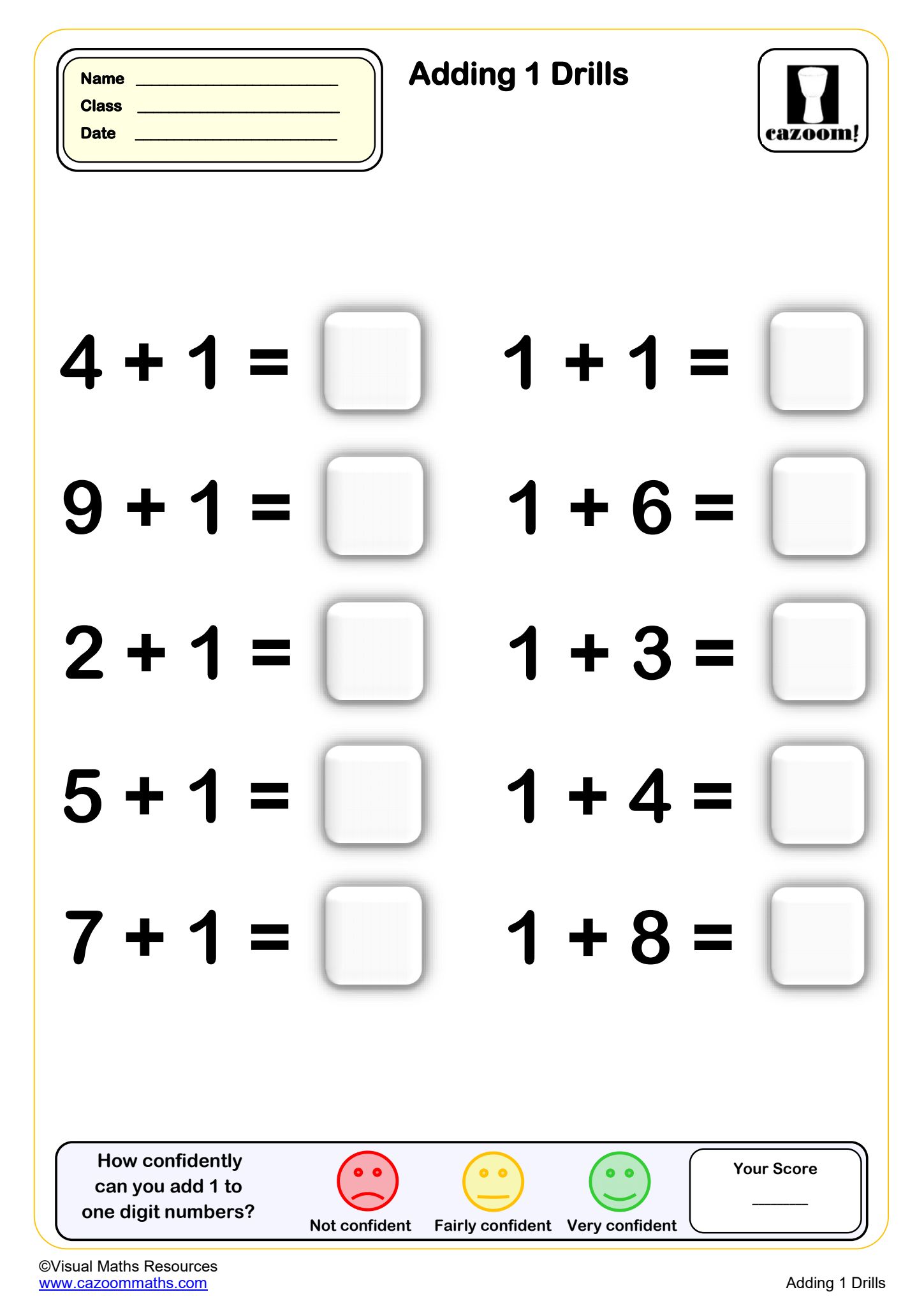
Adding 1 drills (20 questions)
Year groups: 1
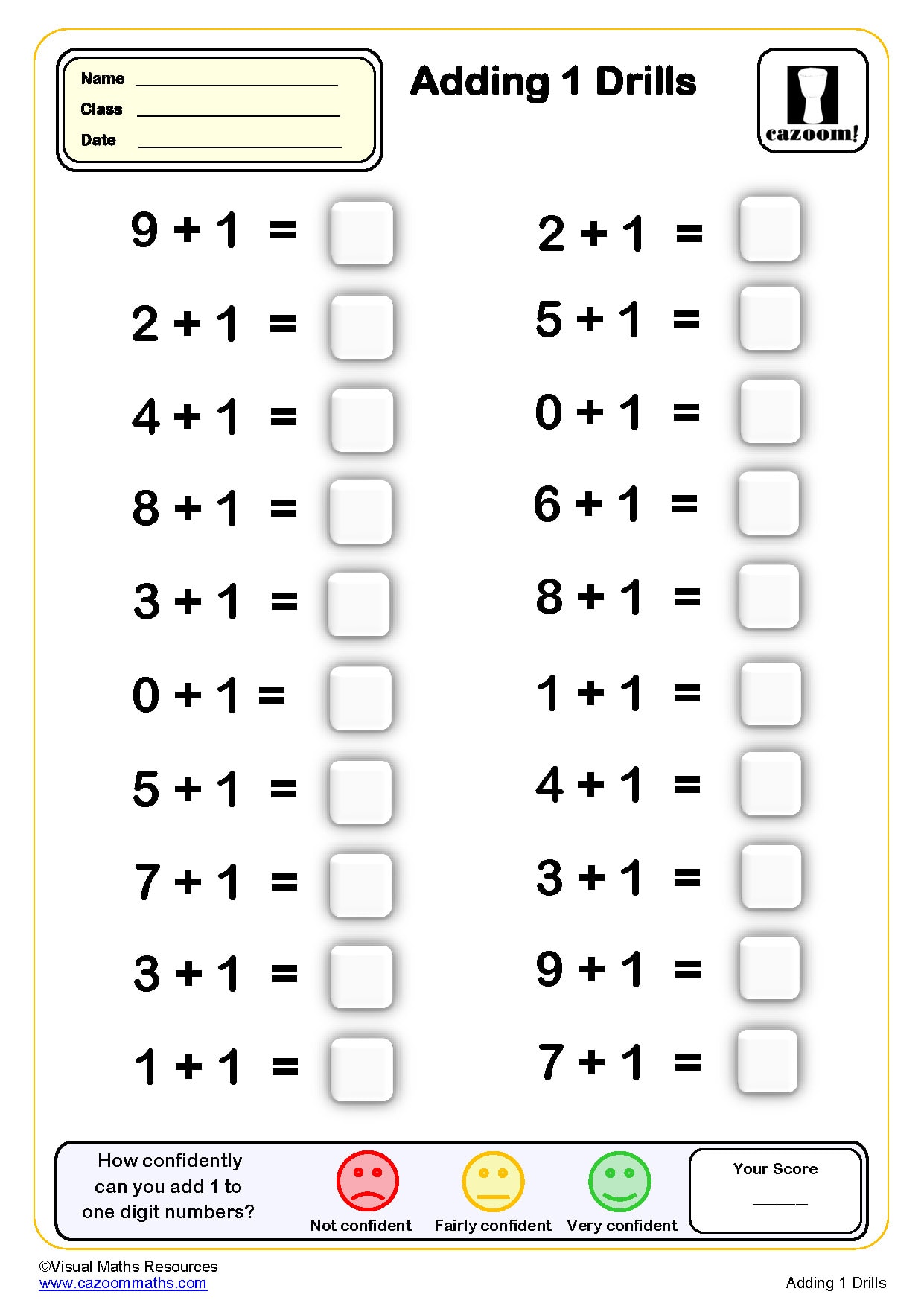
Adding 1 drills (50 questions)
Year groups: 1
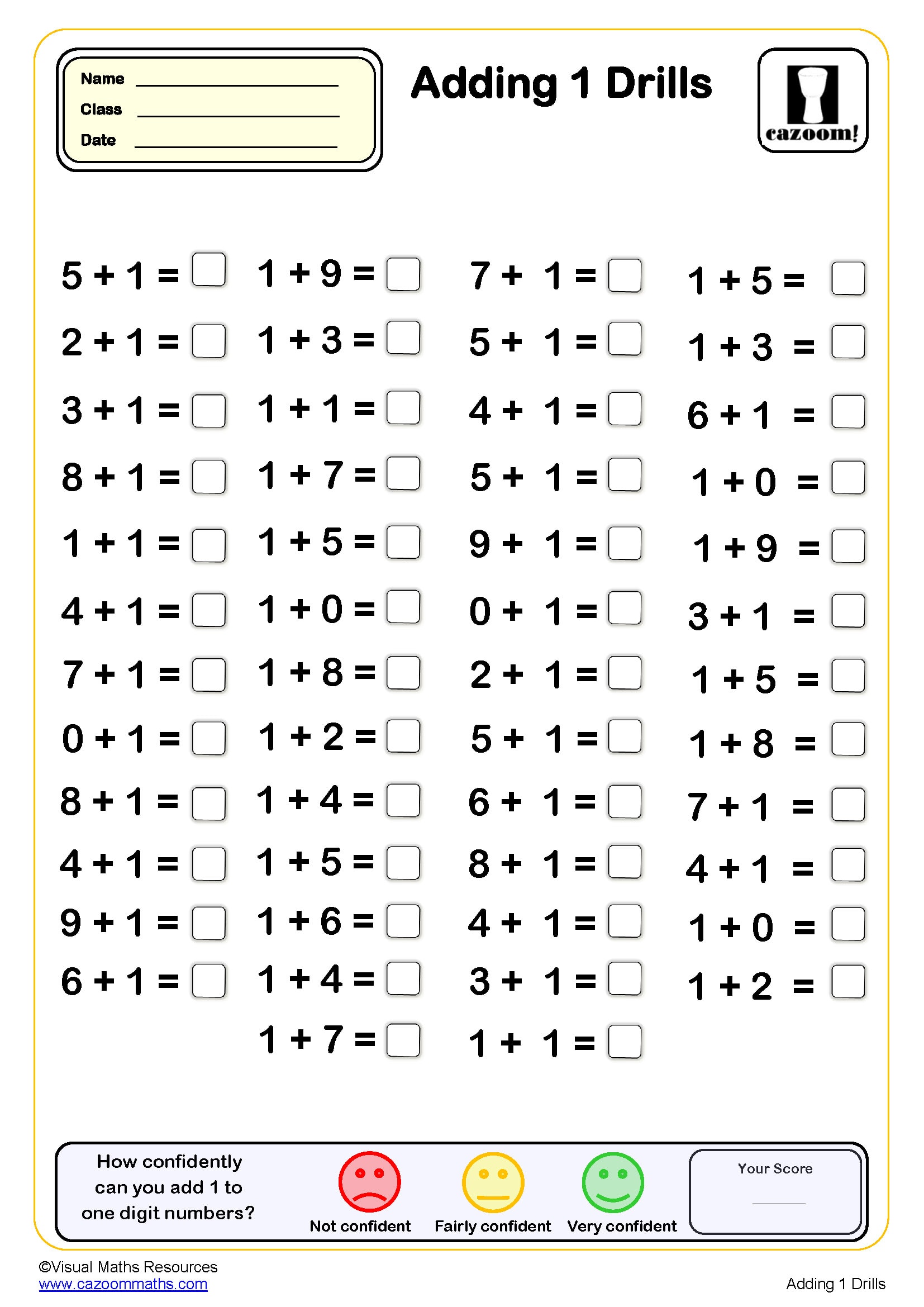
Adding 2 drills (10 questions)
Year groups: 1
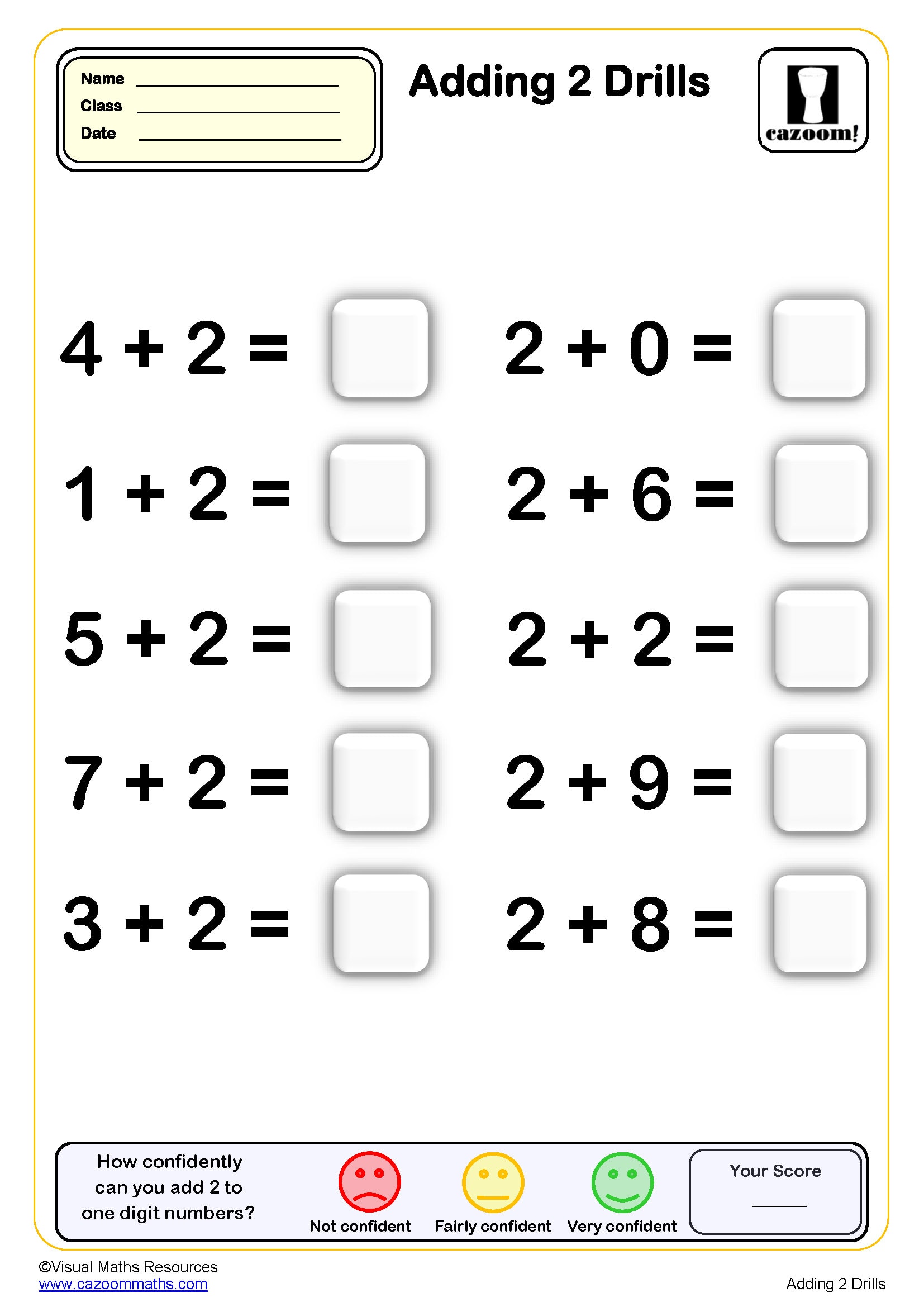
Adding 2 drills (20 questions)
Year groups: 1
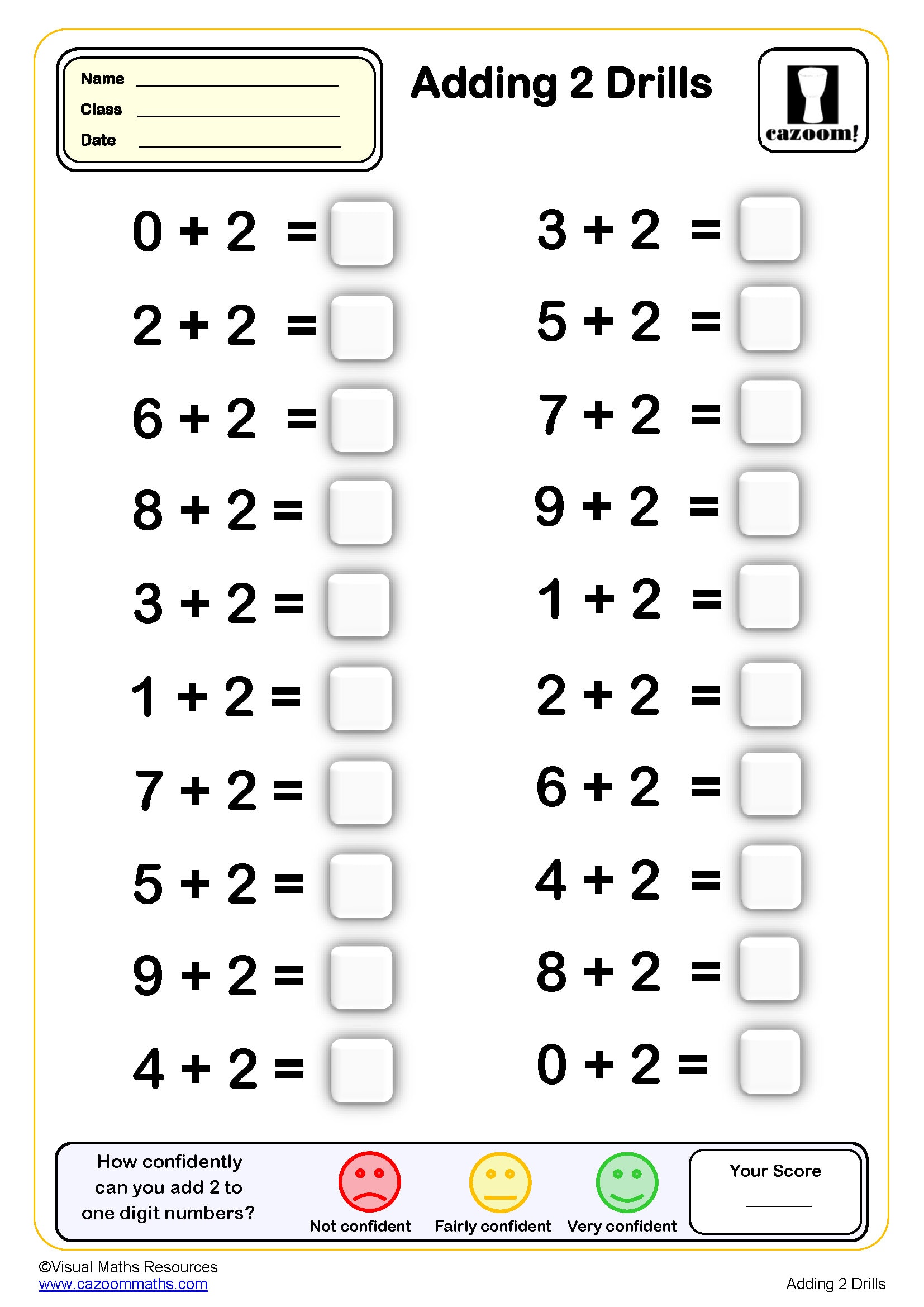
Adding 2 drills (50 questions)
Year groups: 1
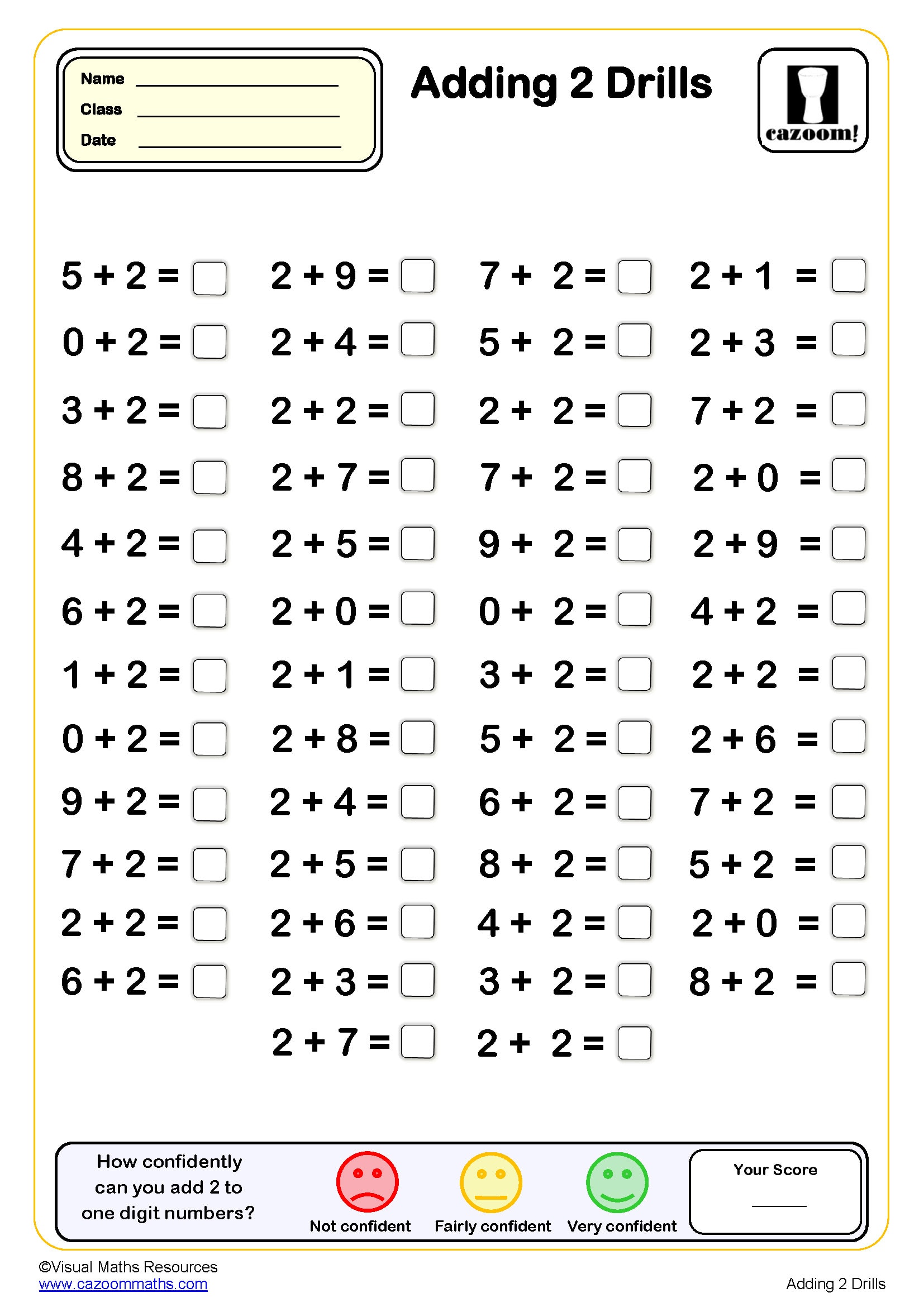
Adding 3 drills (10 questions)
Year groups: 1
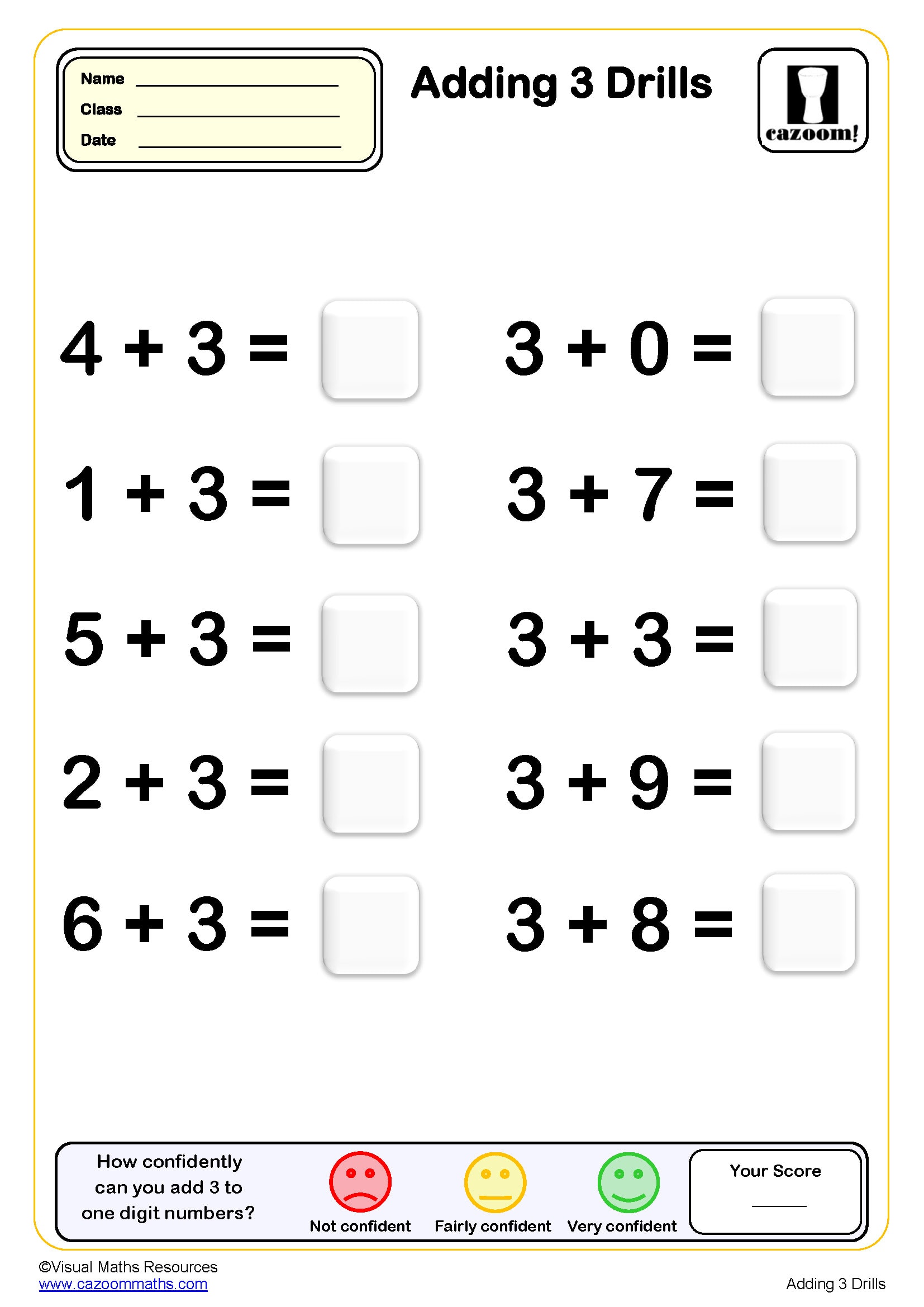
Adding 3 drills (20 questions)
Year groups: 1
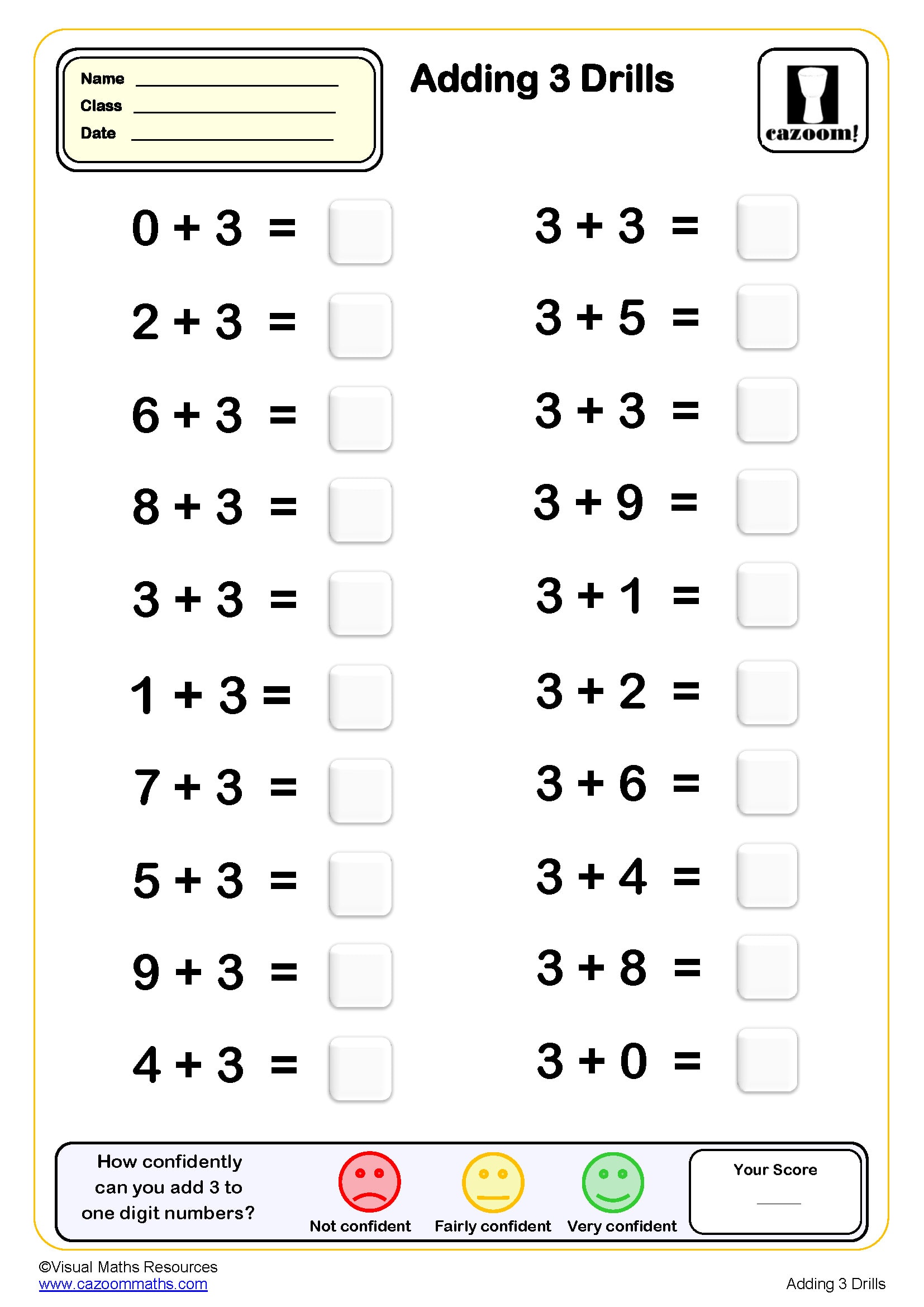
Adding 3 drills (50 questions)
Year groups: 1
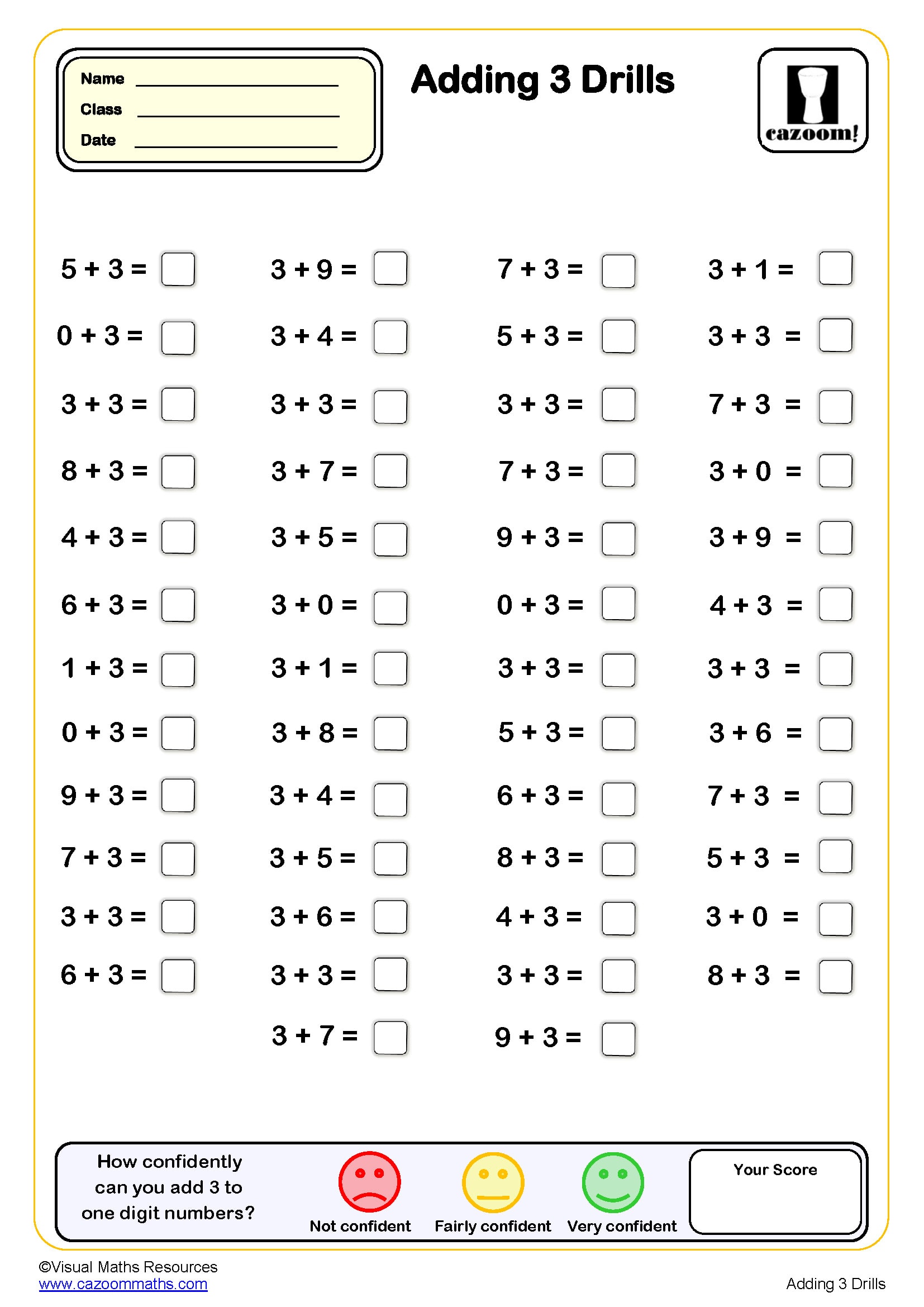
Adding 4 drills (10 questions)
Year groups: 1
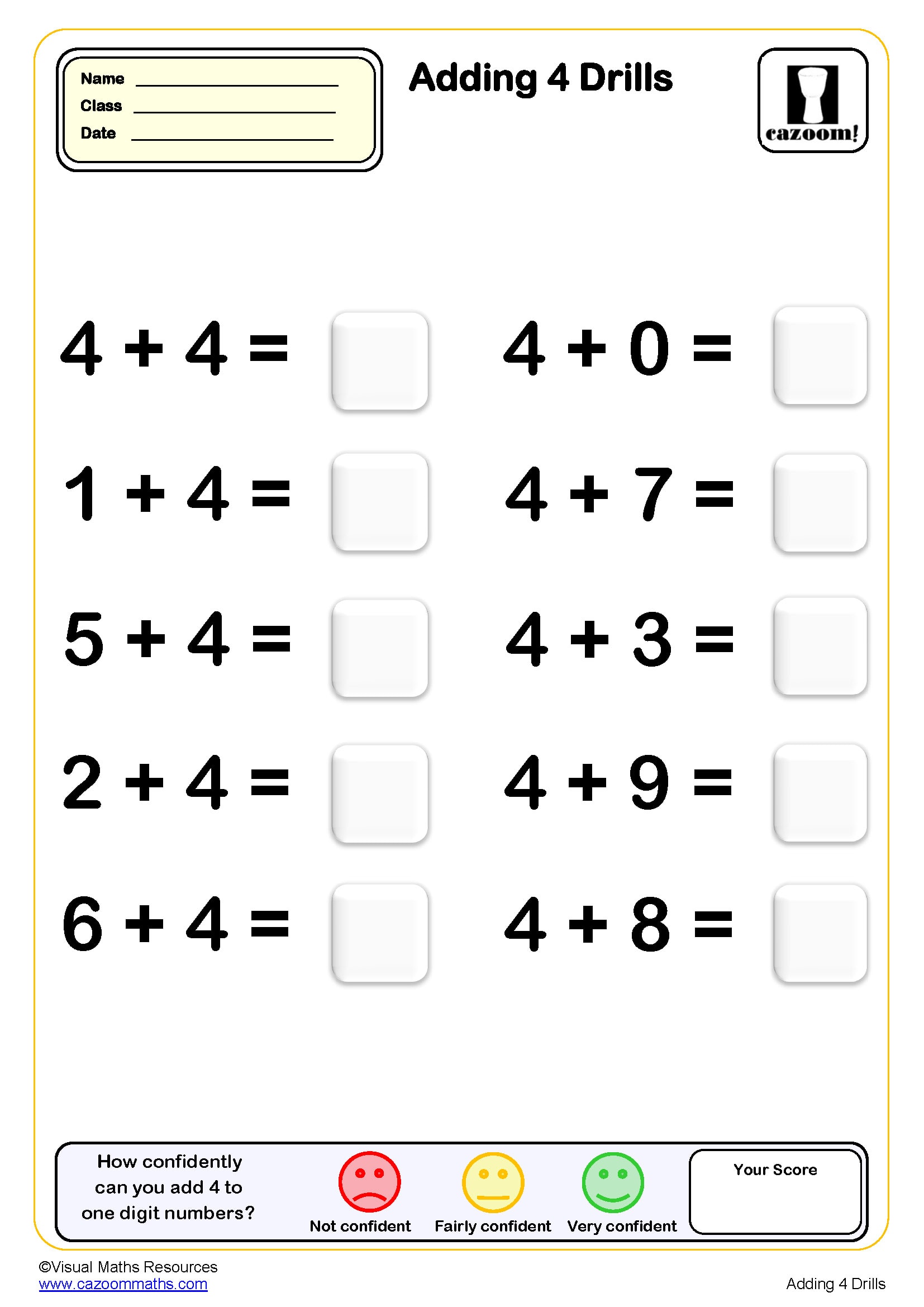
Adding 4 drills (20 questions)
Year groups: 1
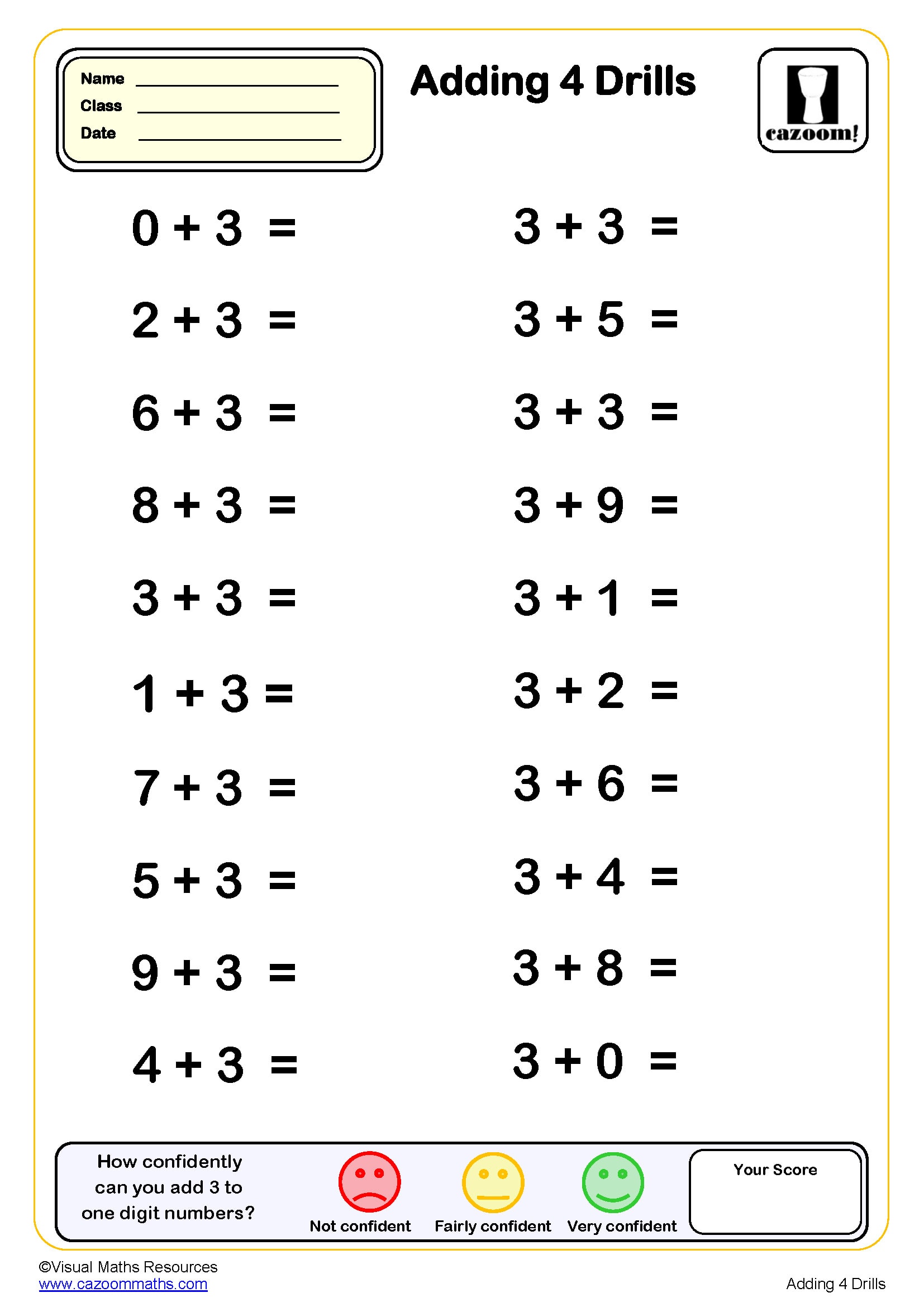
Adding 4 drills (50 questions)
Year groups: 1
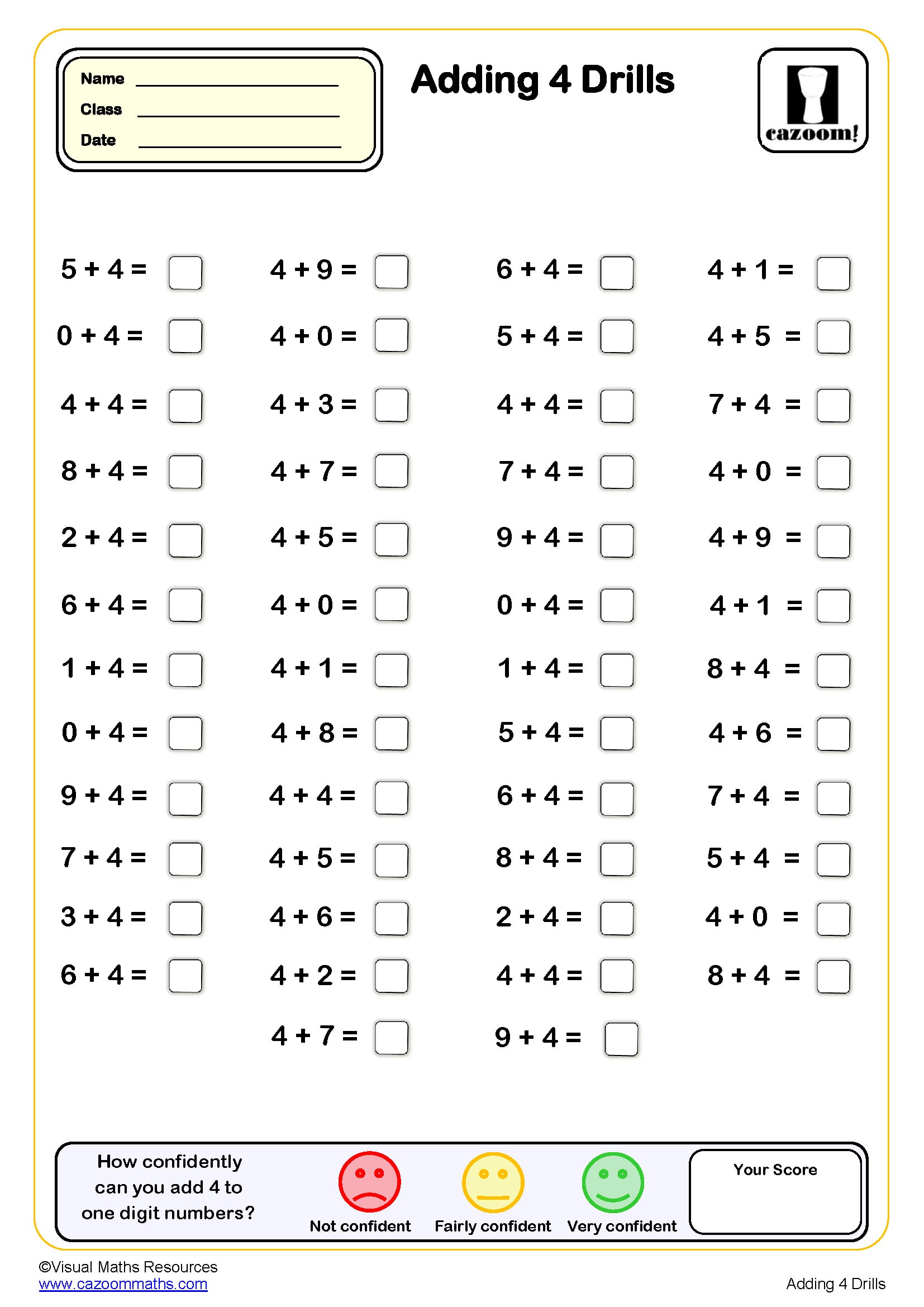
Adding 5 drills (10 questions)
Year groups: 1
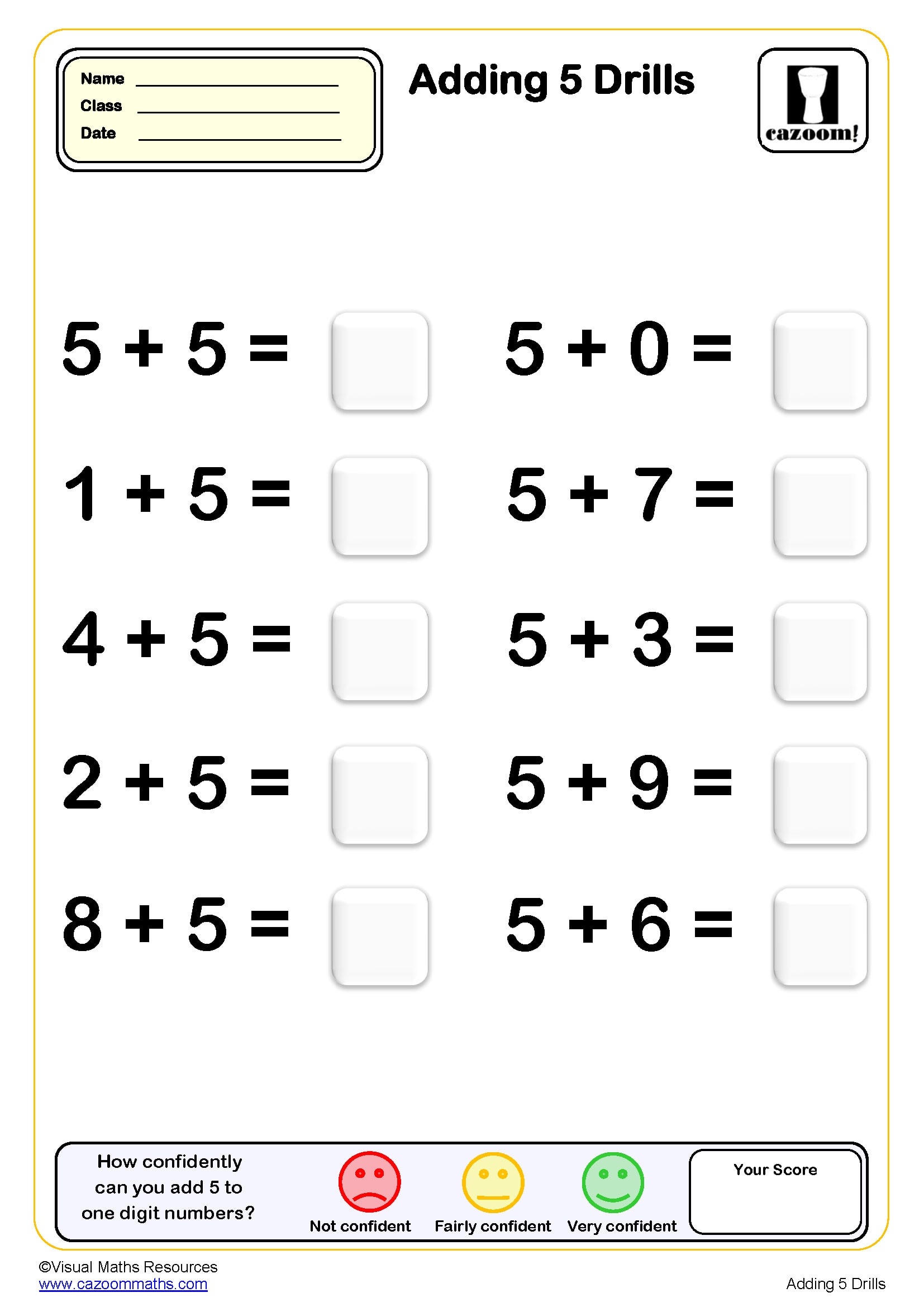
Adding 5 drills (20 questions)
Year groups: 1
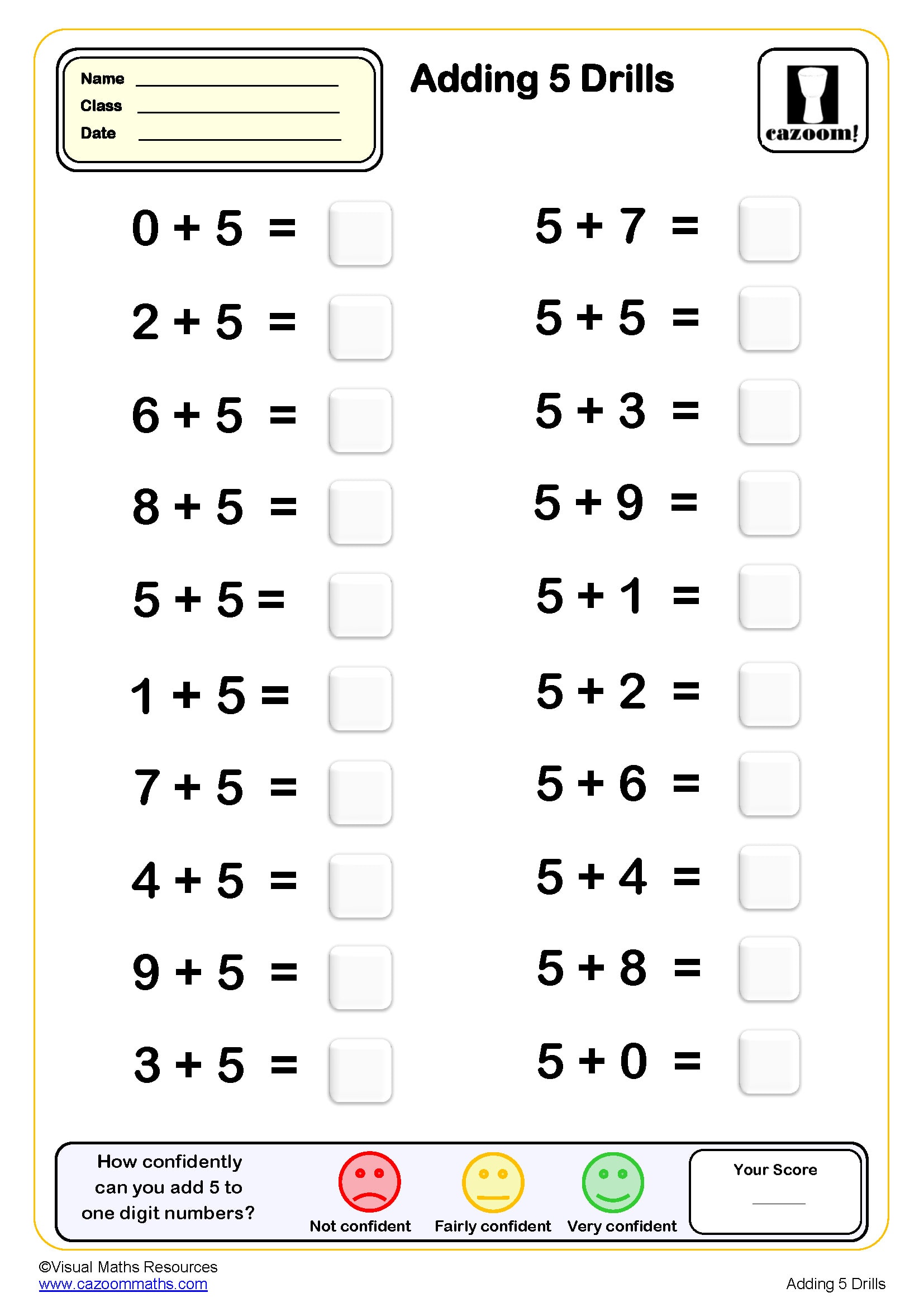
Adding 5 drills (50 questions)
Year groups: 1
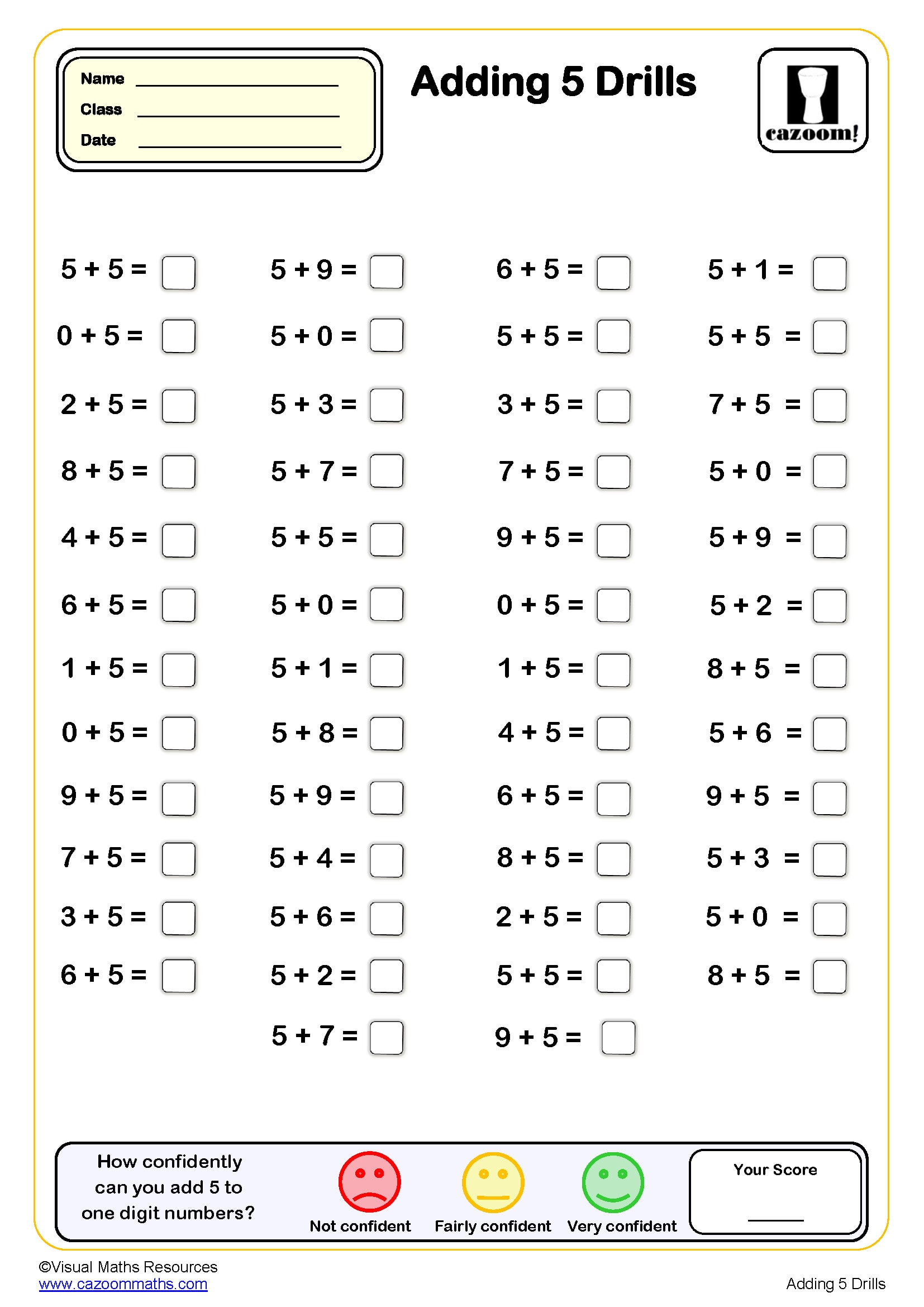
Addition and Subtraction Fact Families (up to 10)
Year groups: 1
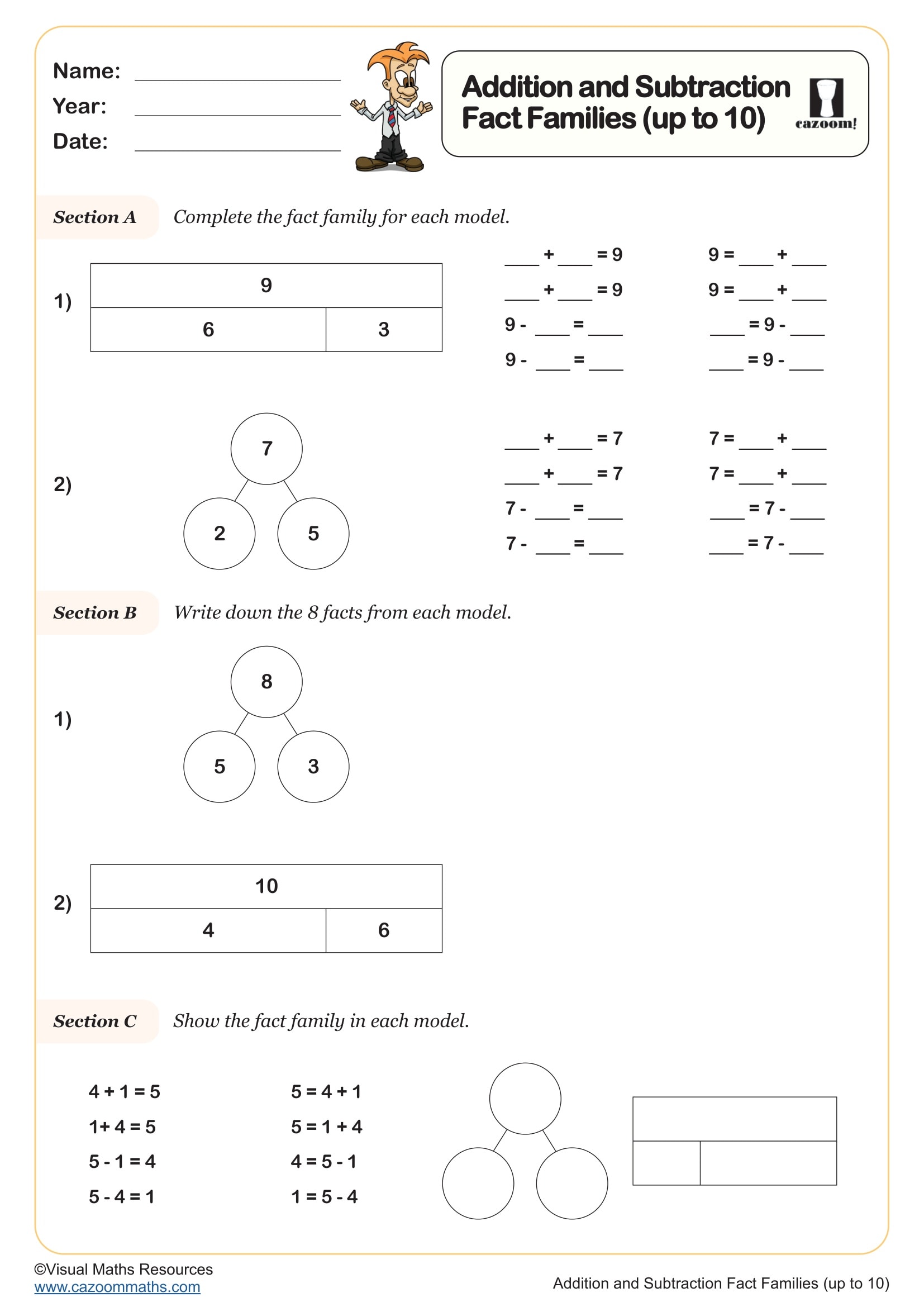
Addition Colouring (A) Single Digits
Year groups: 1
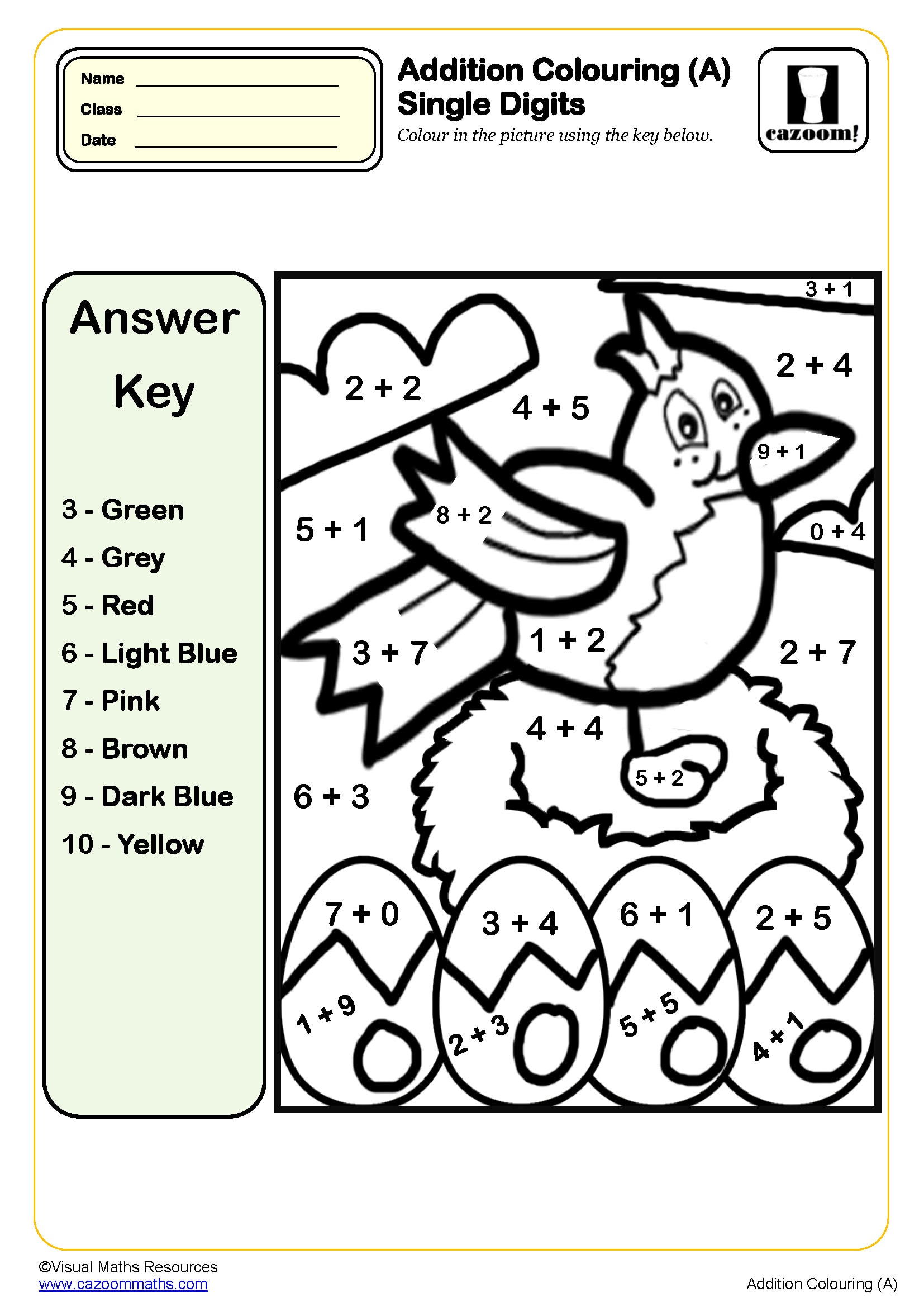
Addition Colouring (B)
Year groups: 1

Addition Grids (Up to 5)
Year groups: 1
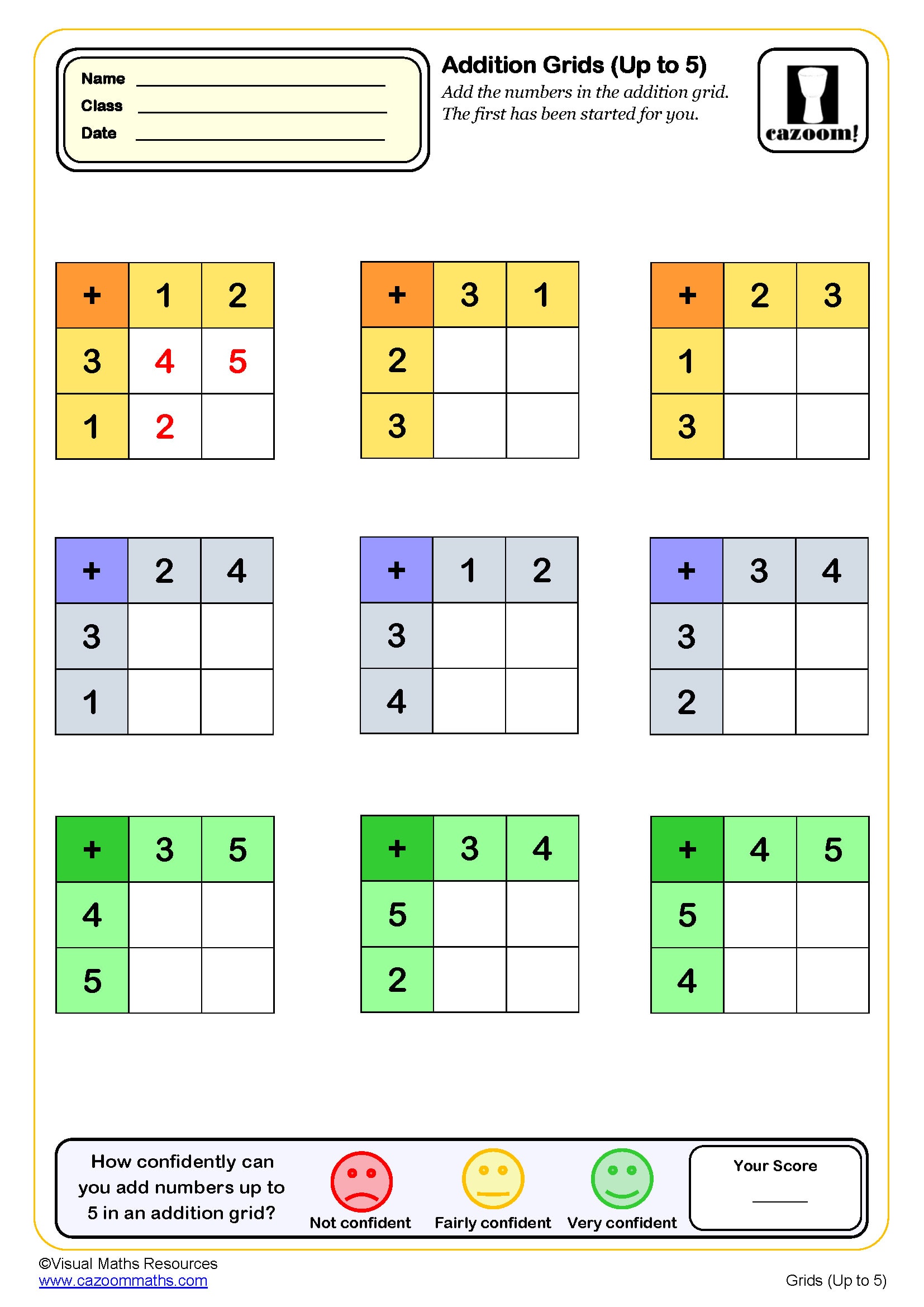
Addition Grids up to 10
Year groups: 1
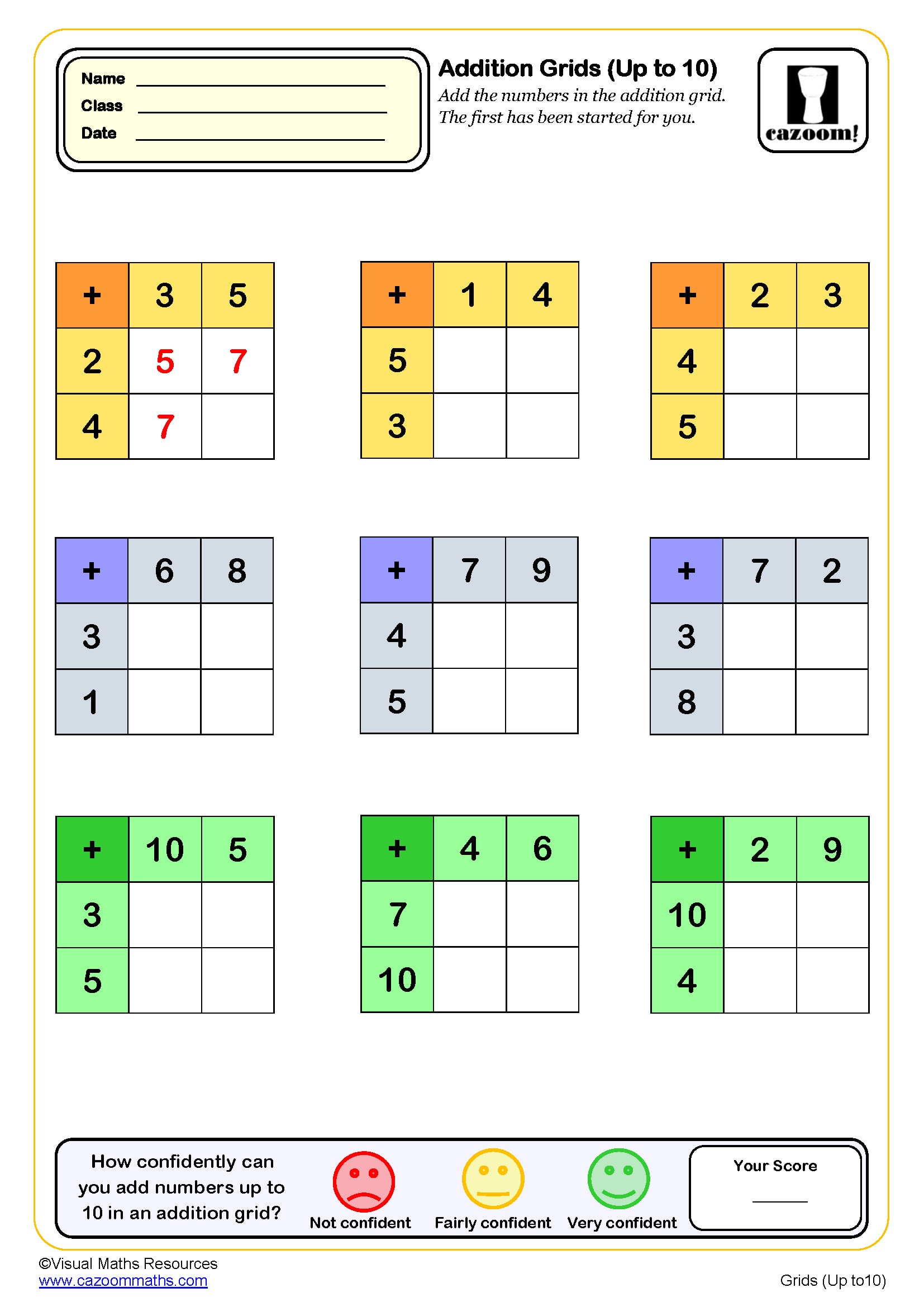
Addition Wheels (adding 1)
Year groups: 1
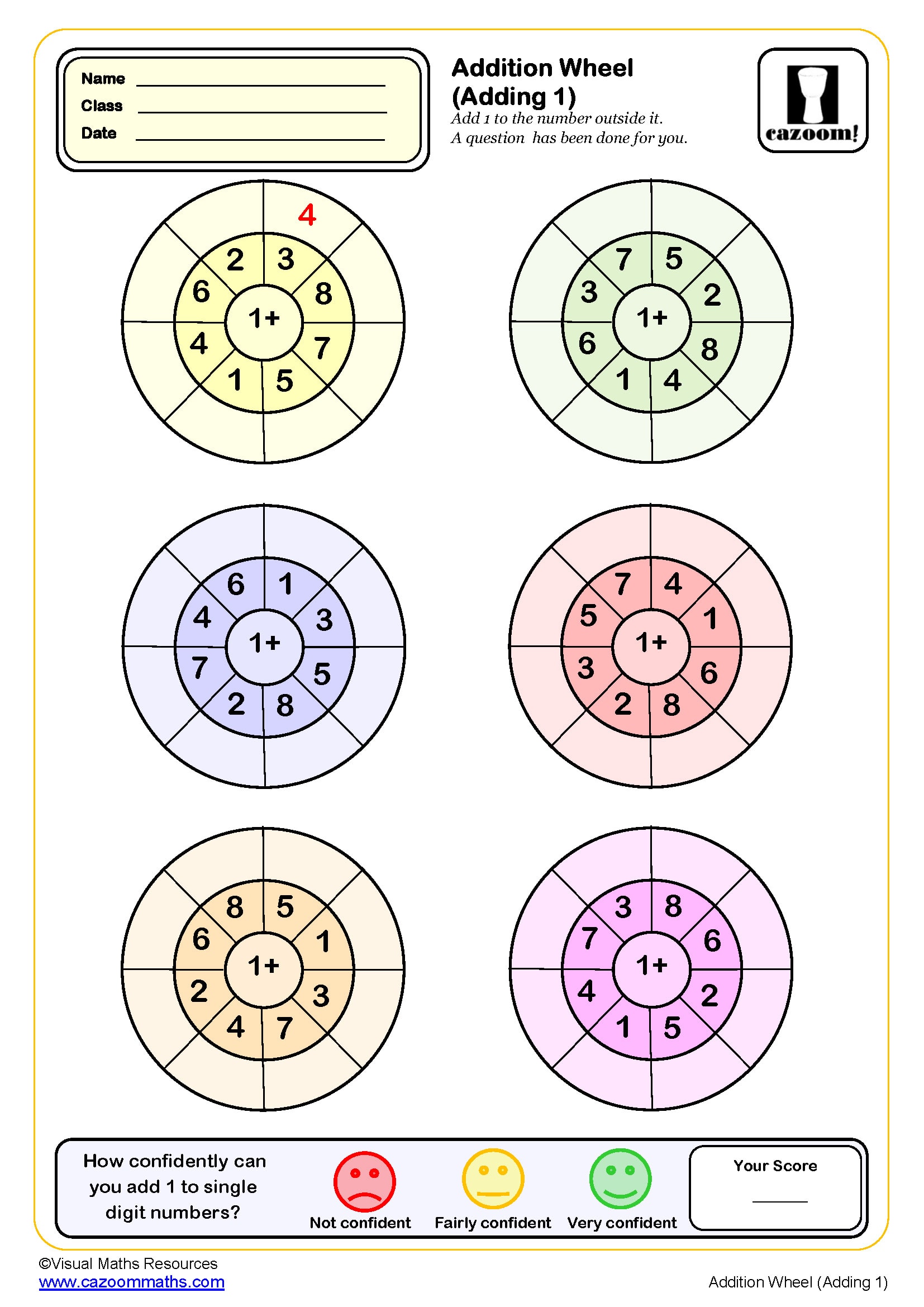
Addition Wheels (adding 2)
Year groups: 1
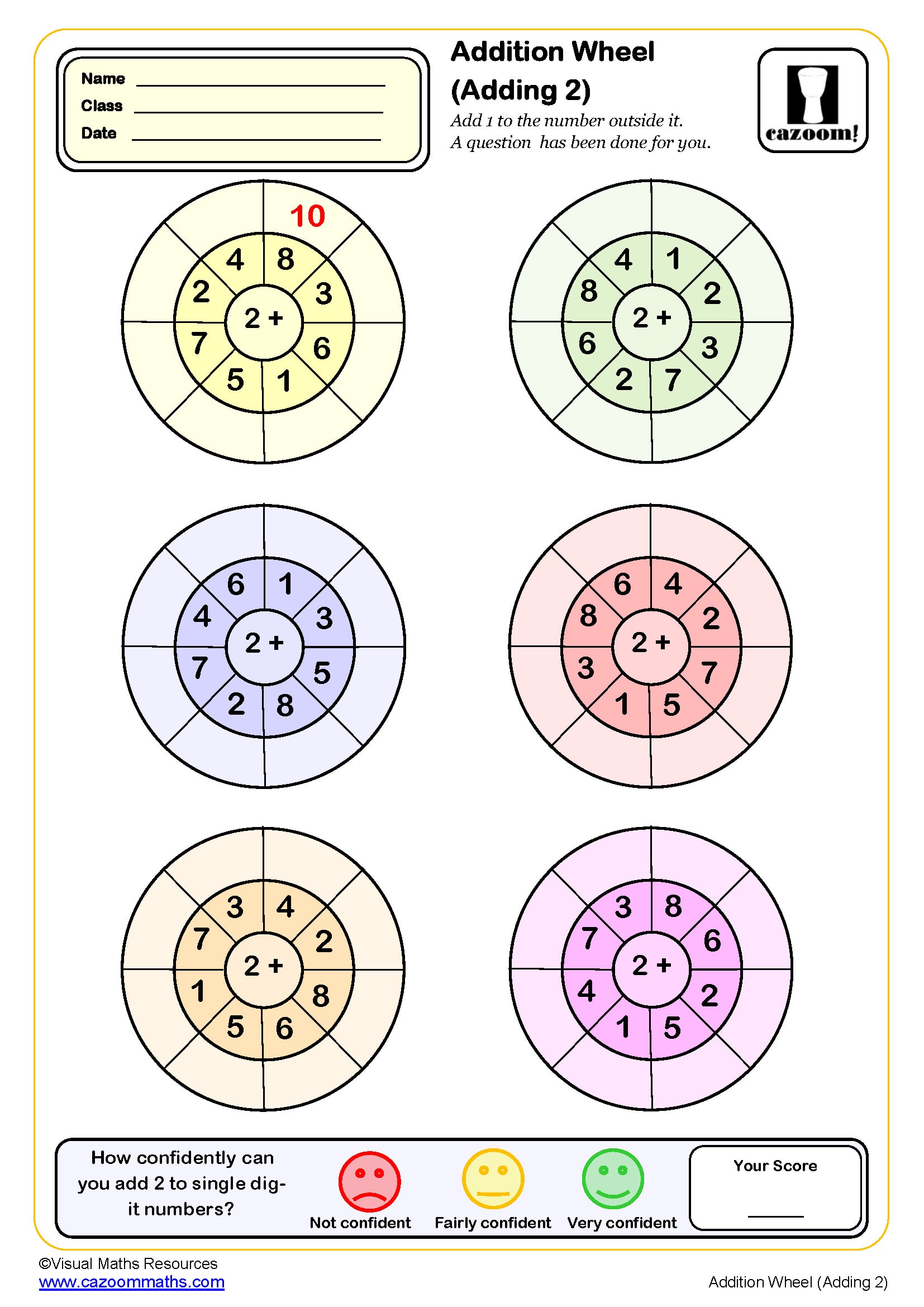
Addition Wheels (Up to 10)
Year groups: 1
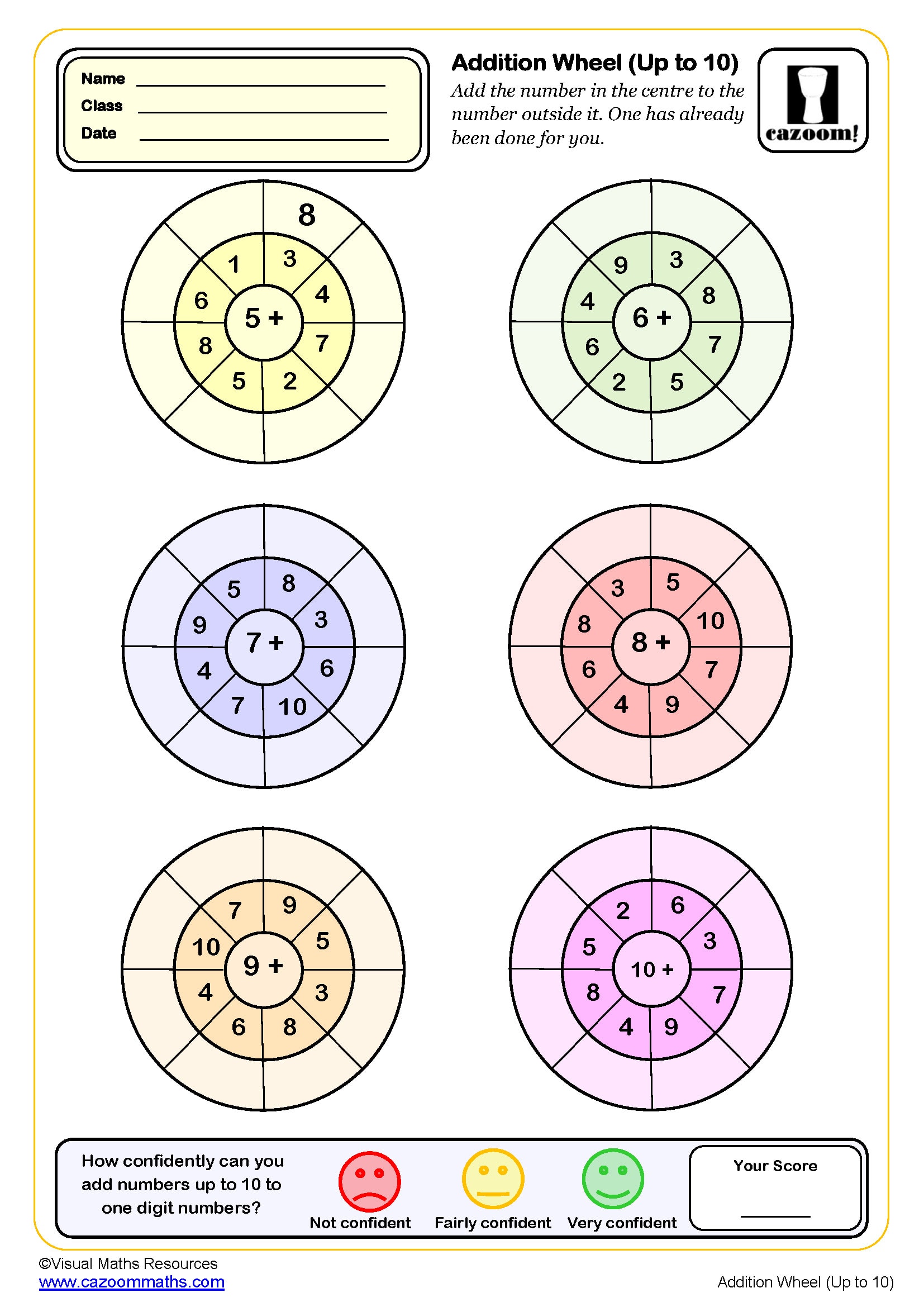
Addition Wheels (Up to 17)
Year groups: 1
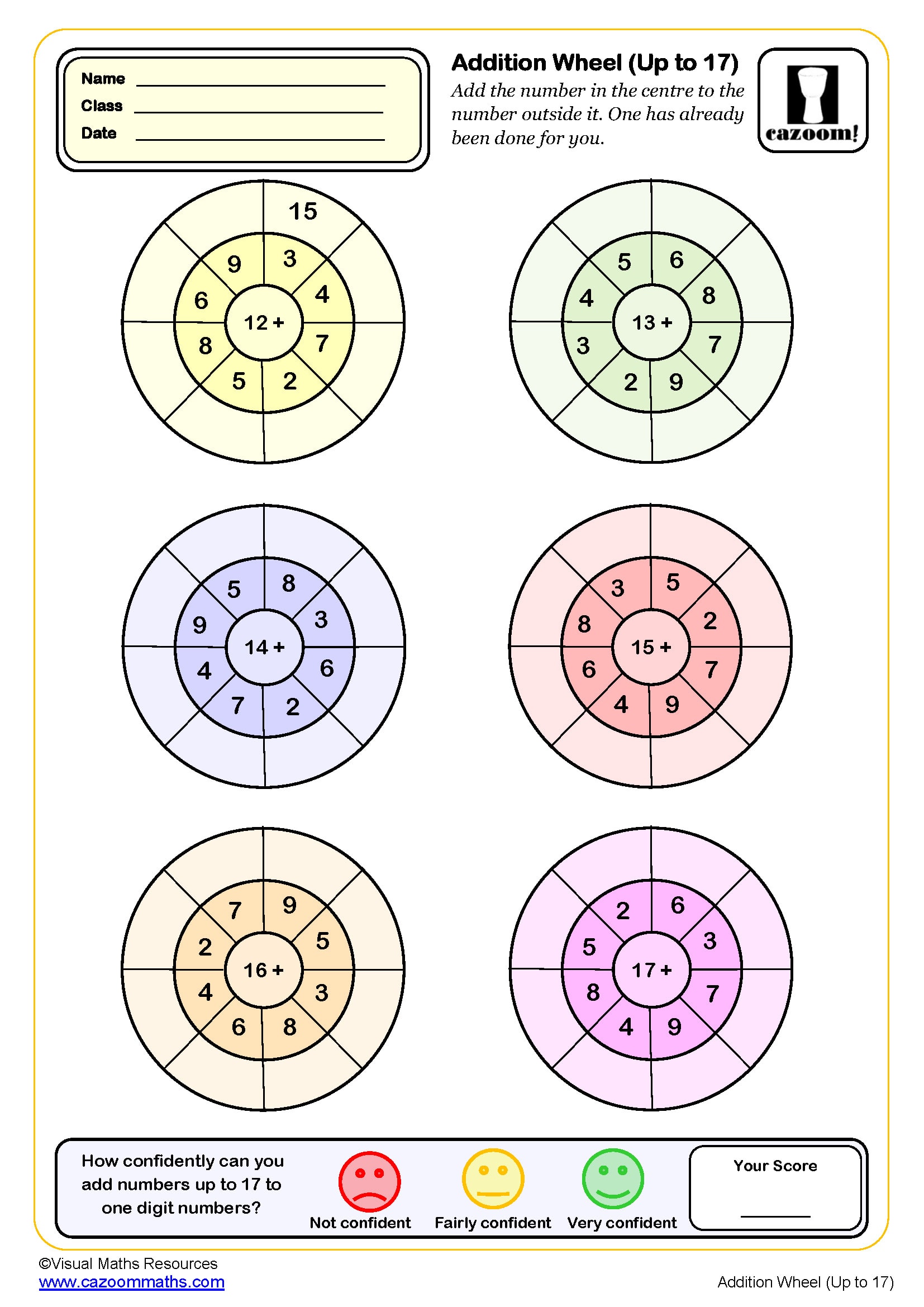
Addition Wheels (Up to 3)
Year groups: 1
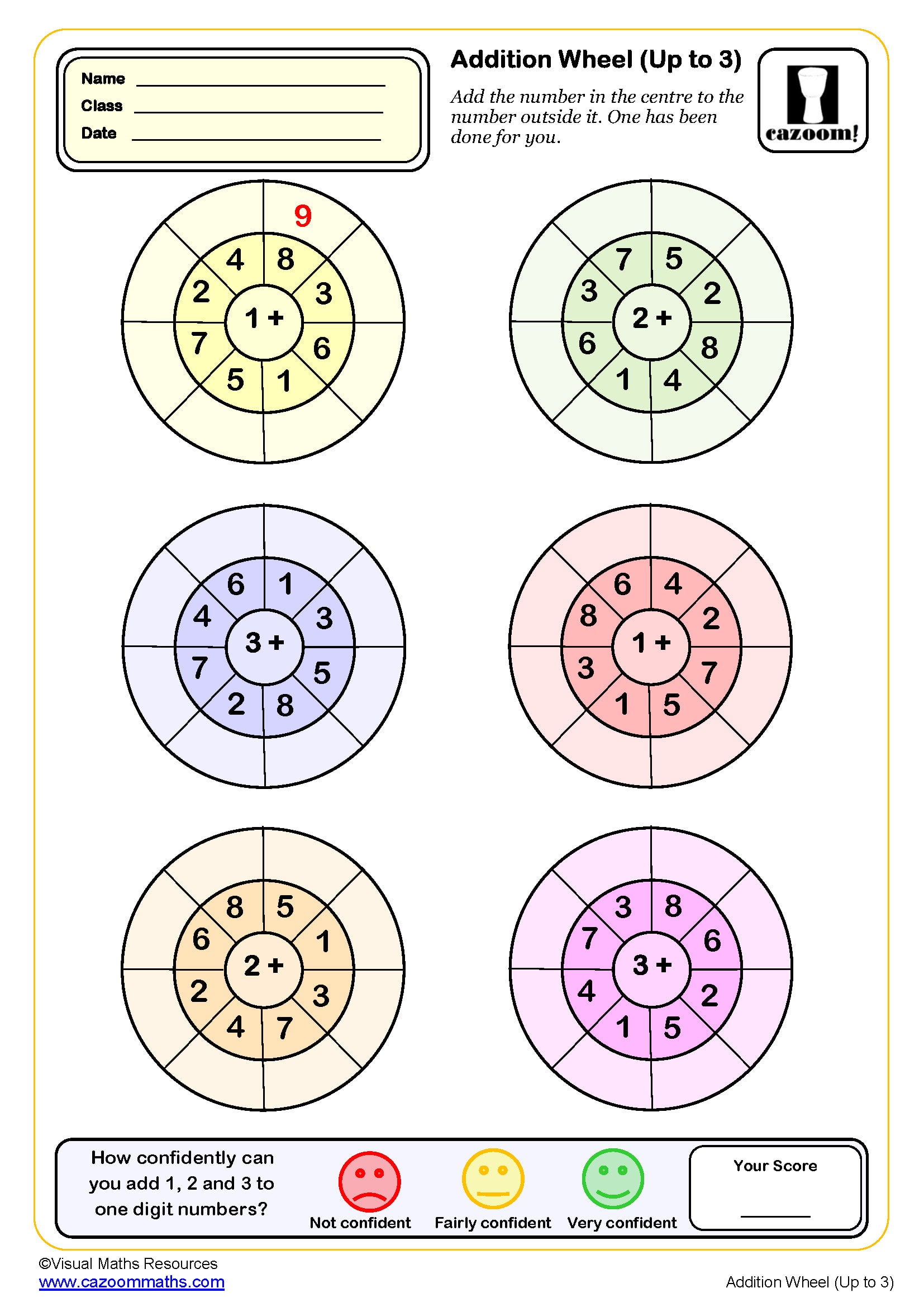
Addition Wheels (Up to 7)
Year groups: 1
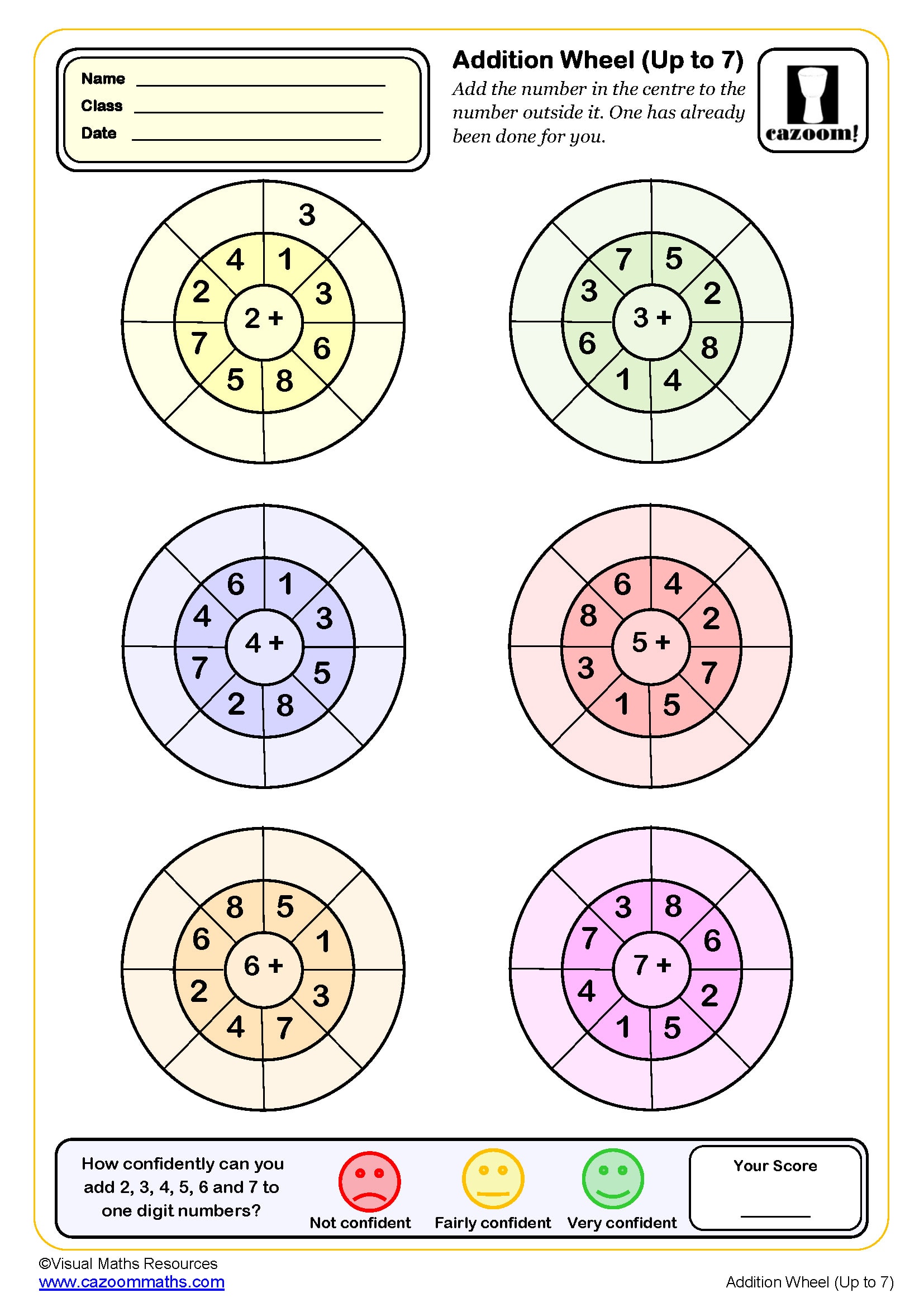
Additoin Wheels (Up to 9)
Year groups: 1
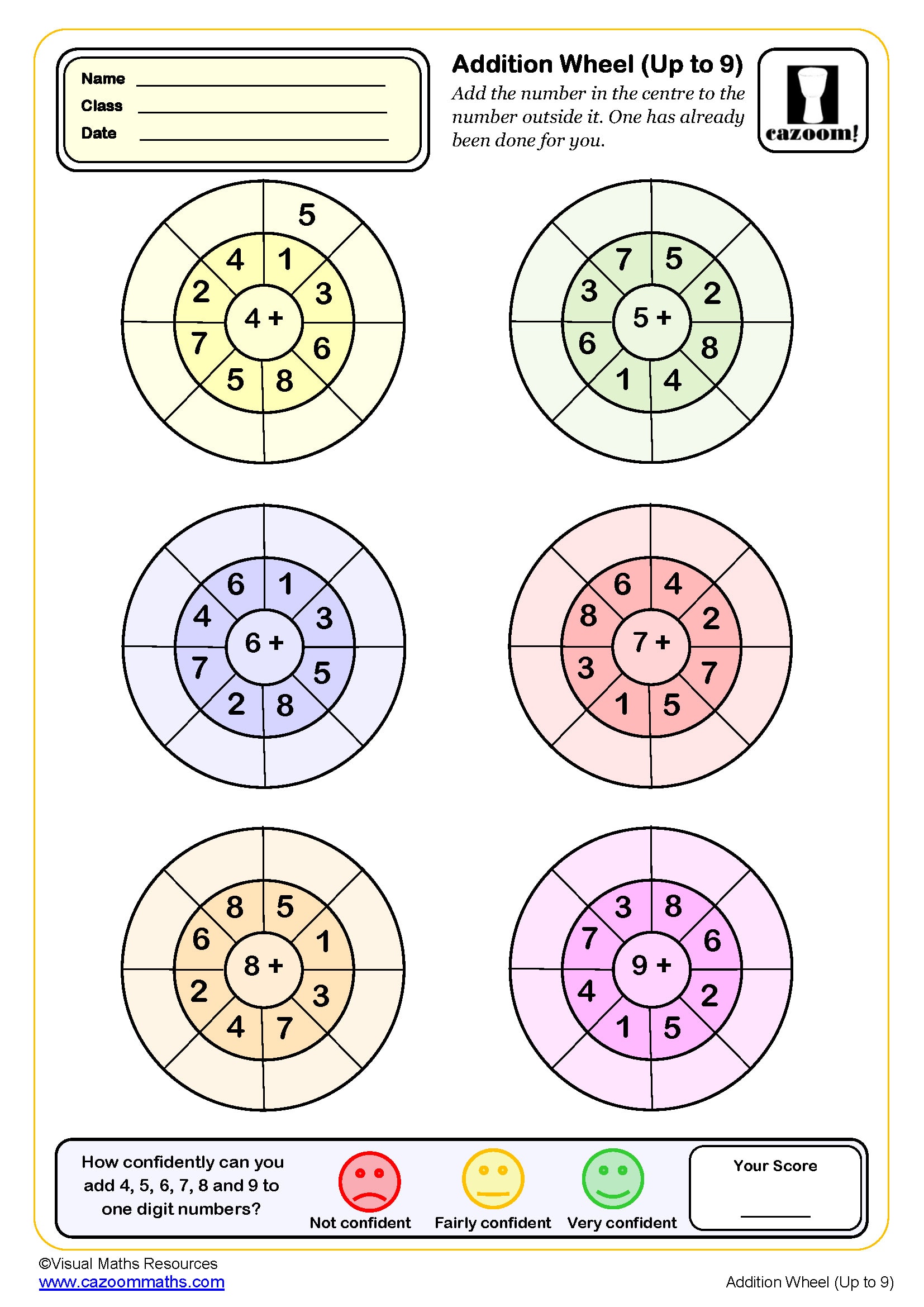
Introducing the Part Whole Model
Year groups: 1
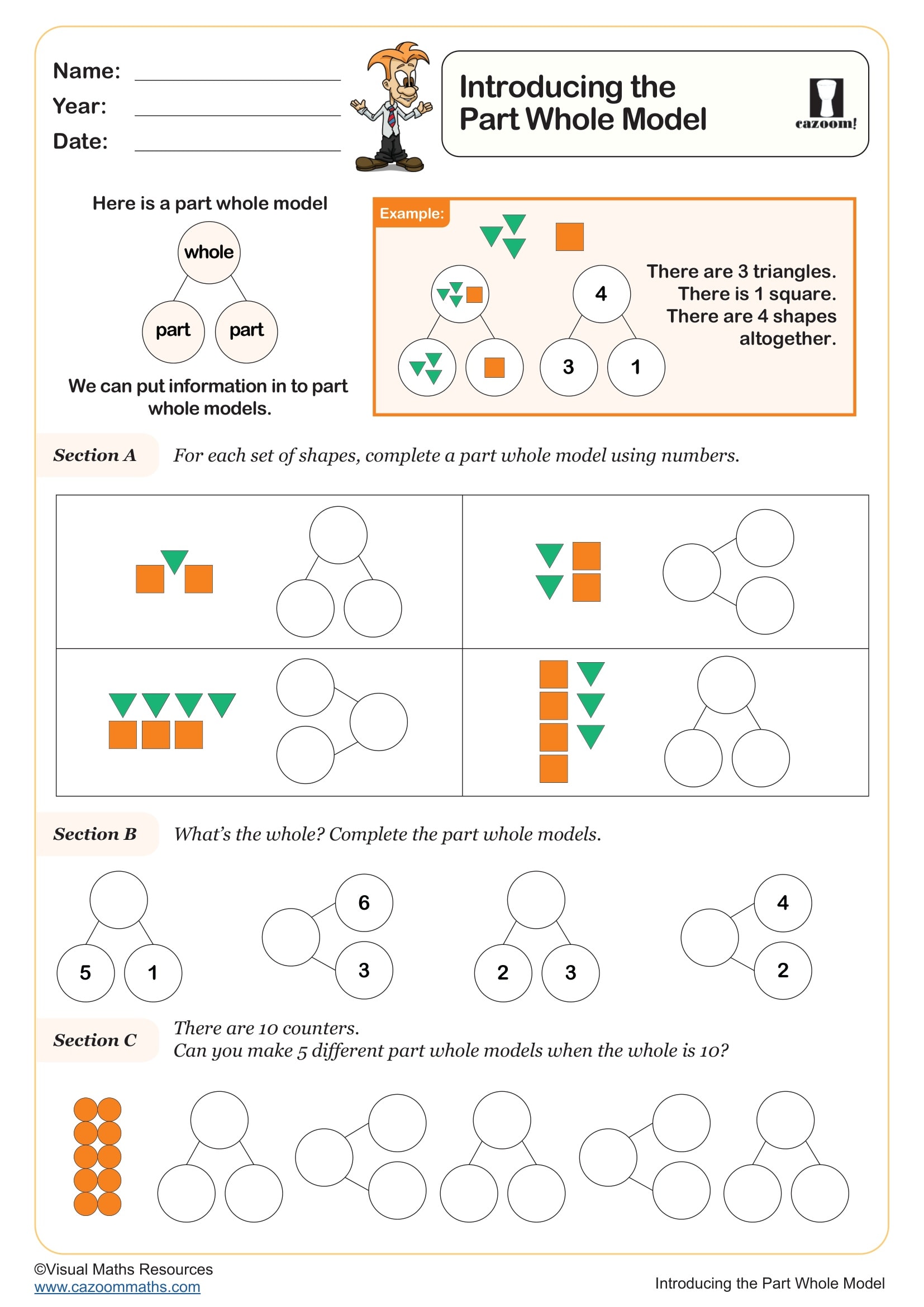
Matching Answers (A)
Year groups: 1
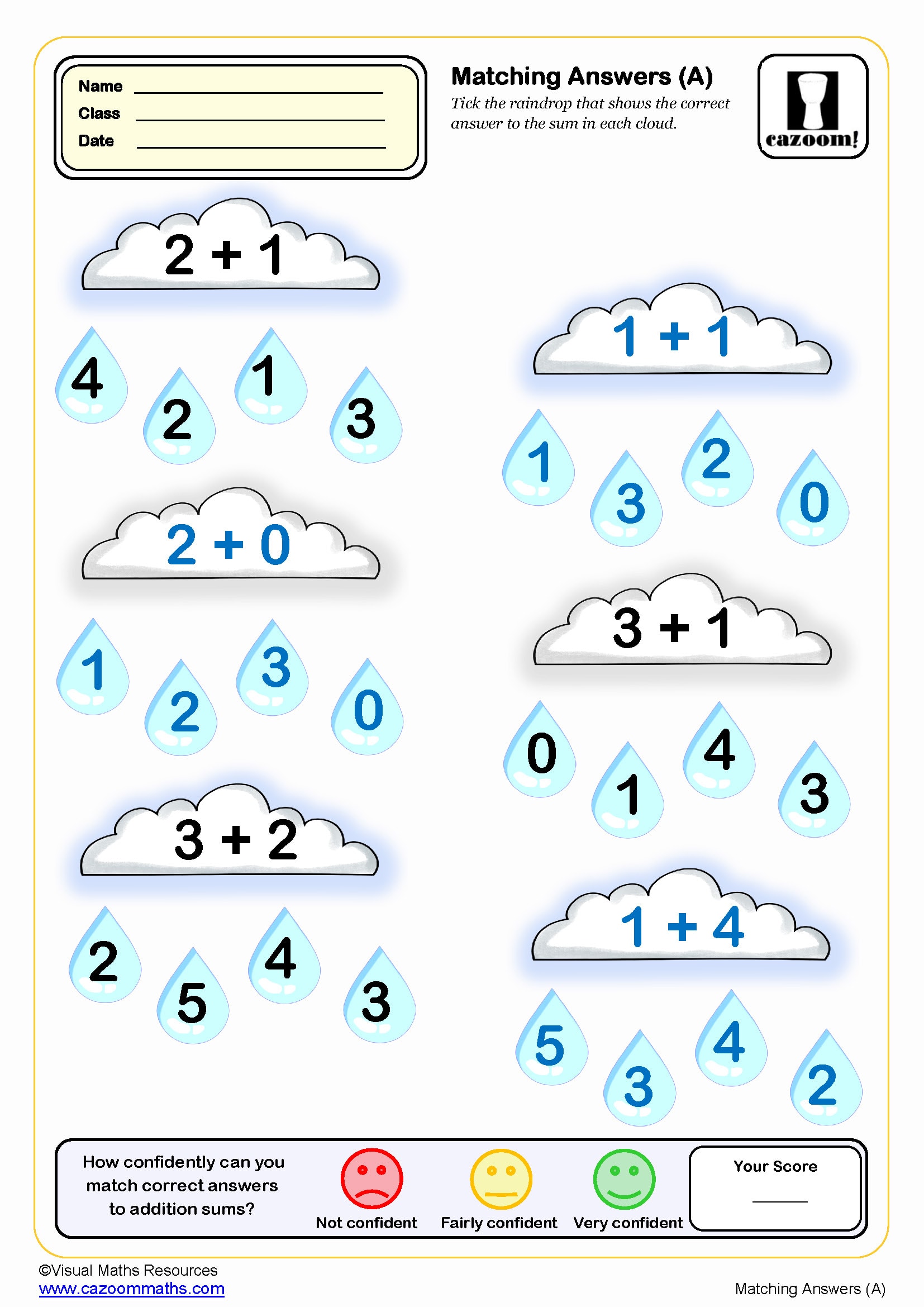
Matching Answers (B)
Year groups: 1
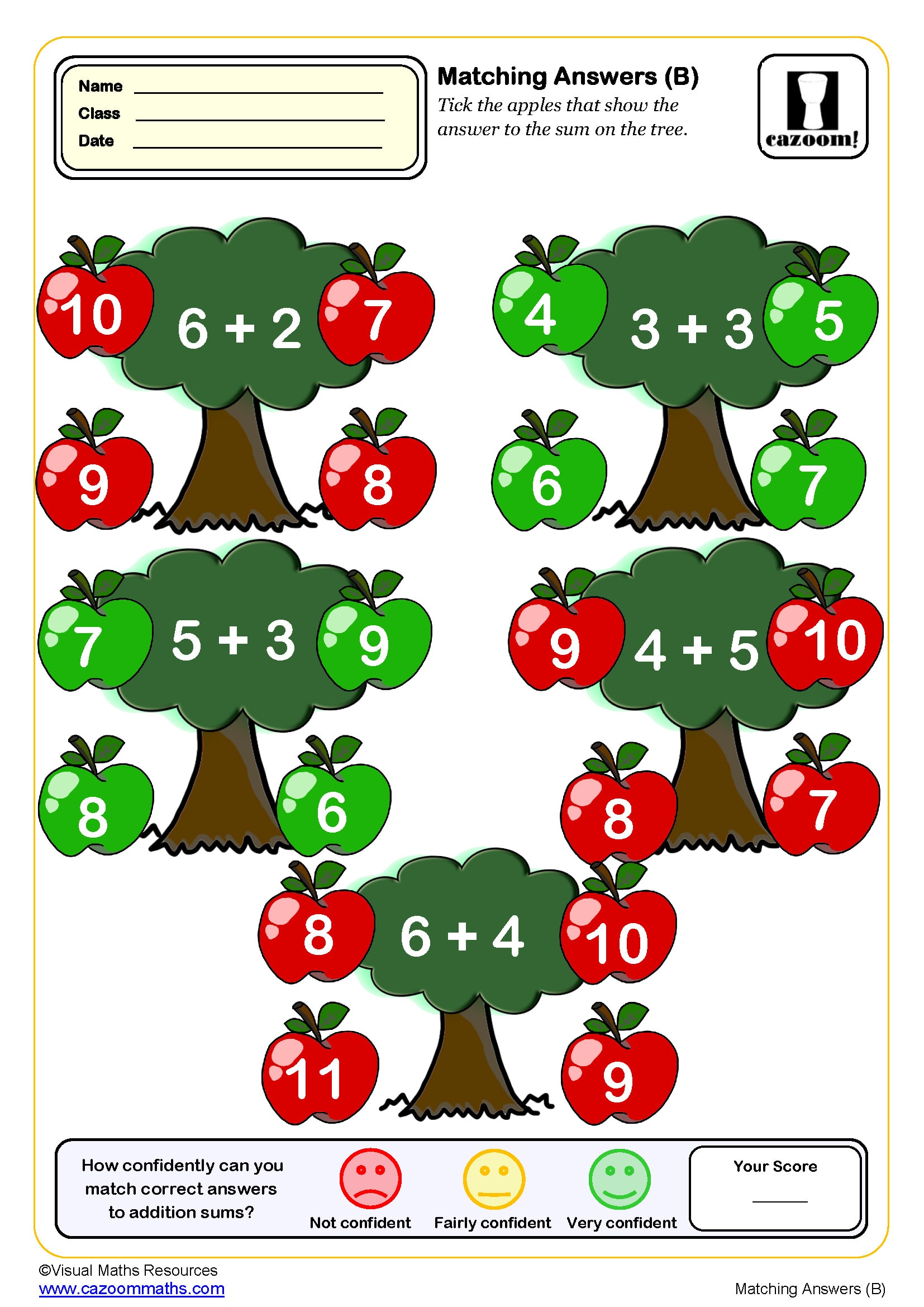
Matching Sums (up to 5)
Year groups: 1
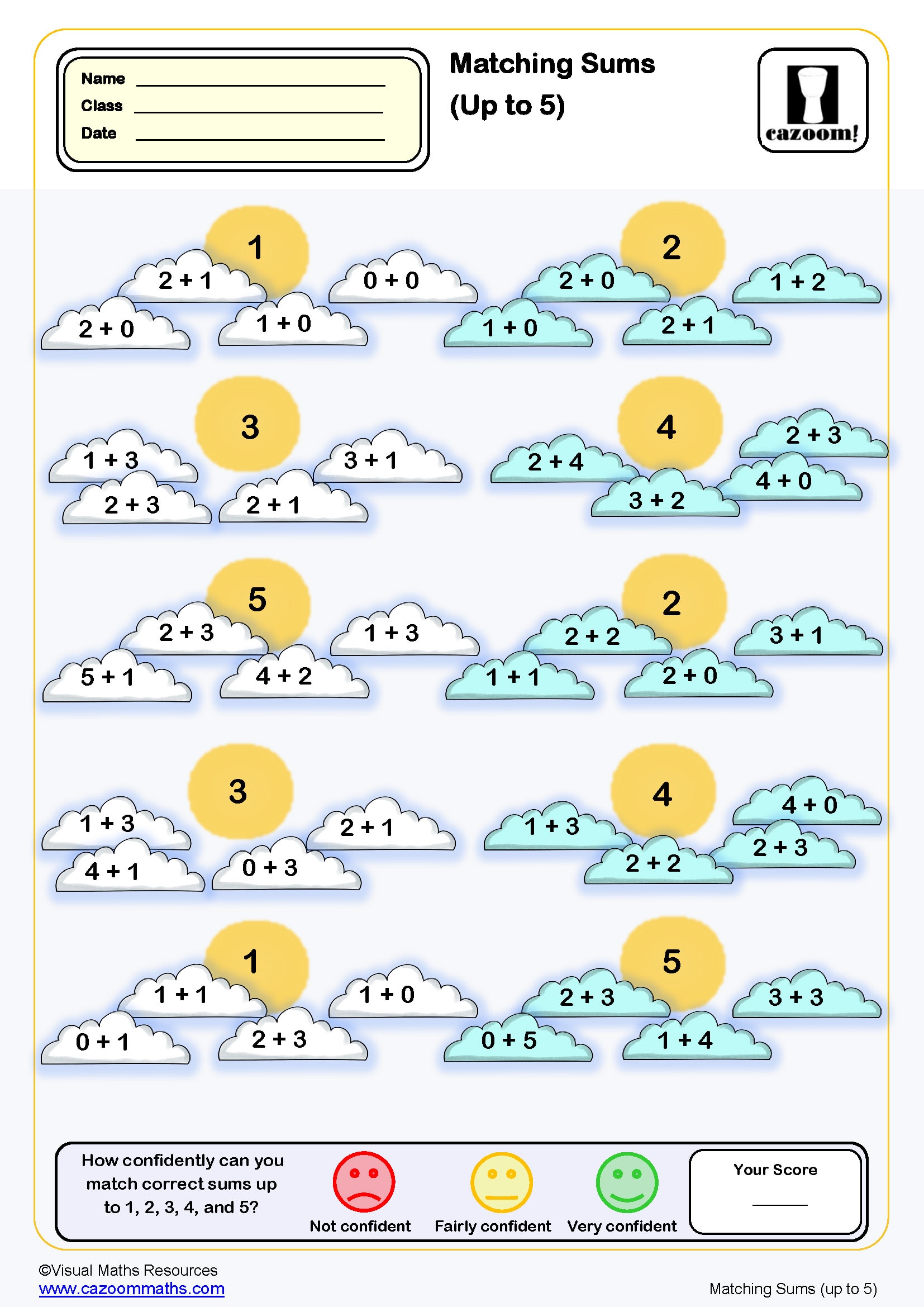
Matching Sums (up to 9)
Year groups: 1
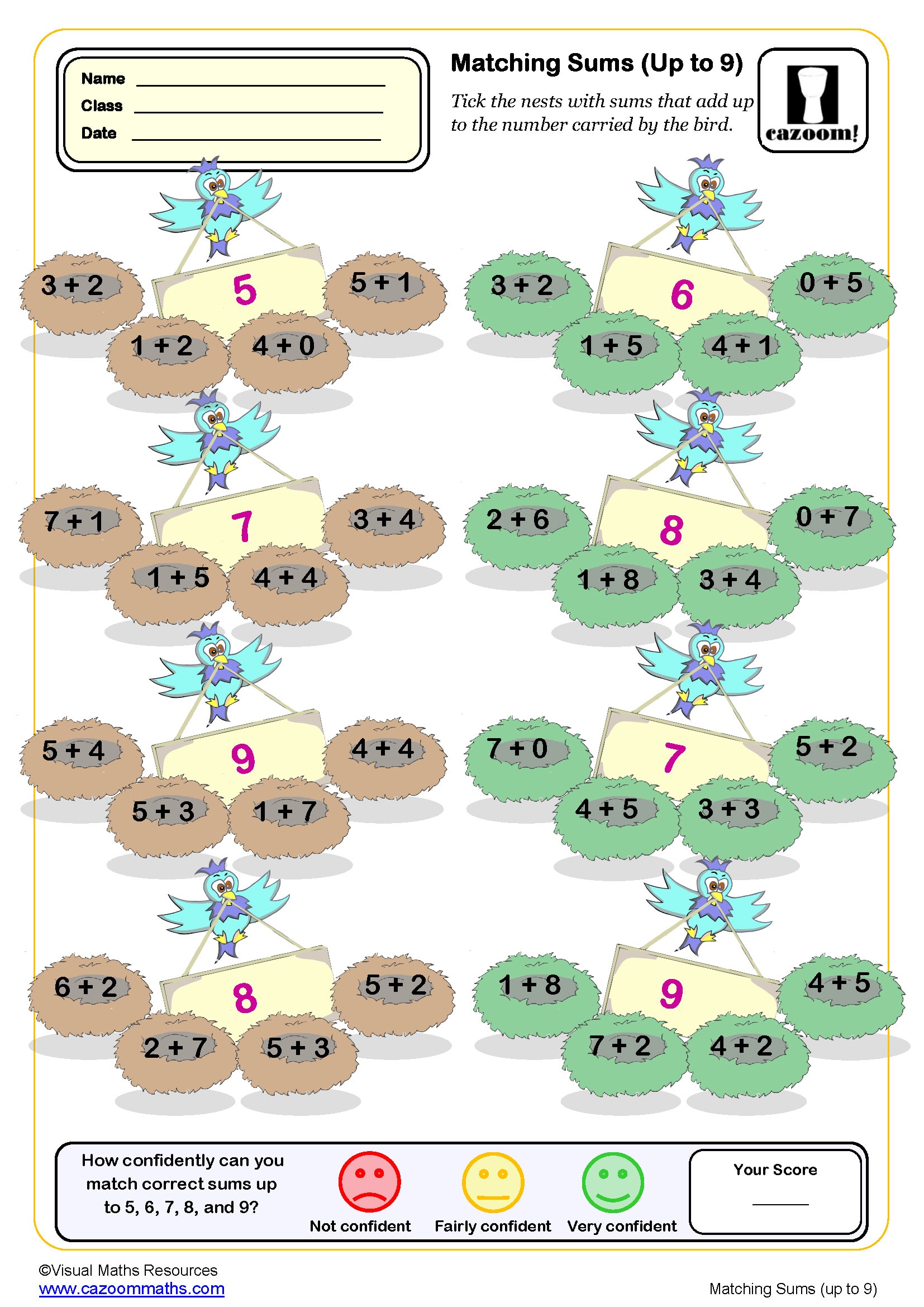
Writing Addition Statements
Year groups: 1
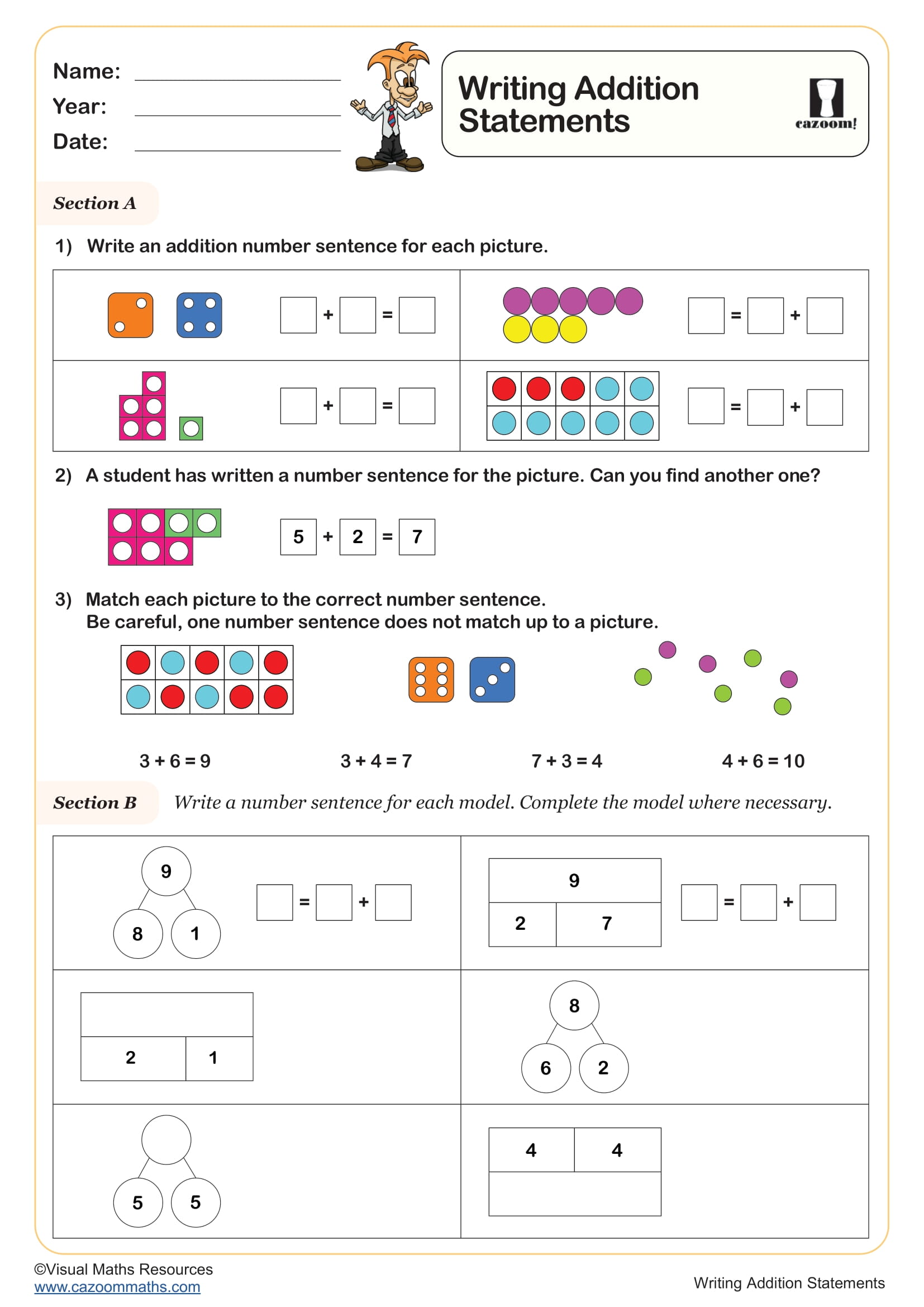
PRINTABLE PDF ADDING SINGLE DIGIT NUMBERS WORKSHEETS WITH ANSWERS
Check out and download our Adding to Single Digit Number Worksheets which will improve your student’s knowledge of various mathematical calculations related to sums, for example- adding drills, matching sums, addition grids, simple addition equations, etc. These worksheets are created in easy-to-download PDF format, include answers, and are designed to help your kids better understand and practise different mathematical equations. These worksheets are a great resource that will make the learning process fun and interesting!
What Is Addition in Mathematics?
Numbers are like pieces of a puzzle. Addition is the glue that holds those pieces together and lets you see the full picture. It’s a fundamental concept in mathematics that combines numbers to get their total. Picture it this way: if numbers were building blocks, addition is what lets you stack them up to see how tall you can make a tower. Let’s say you have 4 toy cars, but then your friend gives you 2 more. Addition lets you add both numbers together and find out that you have 6 toy cars in total now. It does more than just count though; addition also helps solve complex puzzles, such as determining the total cost of different items in a shopping cart, adding up the distances travelled on different parts of a journey or balancing a budget by combining income and expenses. It’s all about bringing numbers together and finding the final result.
Understanding The Concept Of Adding to Single Digit Numbers
Maths starts with simple additions. It’s just like when kids learn how to count their fingers. This simple yet crucial concept is combining numbers from 1 to 9 to find their sum. As an example, if you add five and three together, you get eight. This skill is the foundation for more complex maths operations, as it builds familiarity with numbers and their relationships. Like a toolbox with basic tools that you’ll use in various projects. Adding single-digit numbers helps in everyday tasks, like counting candies, calculating change at a store, or solving simple puzzles. It’s where maths begins – paving the way for more advanced calculations.
Use of Adding to Single Digit Numbers In Real Life
Adding single-digit numbers may seem basic, but it’s a skill we use daily in real life. Think about cooking and needing to follow a recipe that requires you to add 2 cups of flour and 3 tablespoons of sugar. The same can be said when you’re shopping and need to calculate if you have enough money for items priced at £4 and £6. Even when telling time, like figuring out that if it’s 3 o’clock now and you have to be somewhere in 2 hours, it will be 5 o’clock when you need to leave. These simple additions make life smoother, from dividing snacks among friends to ensuring you catch the right bus on time. It’s the building block of mathematics that we apply without even realising it in countless real-world situations.